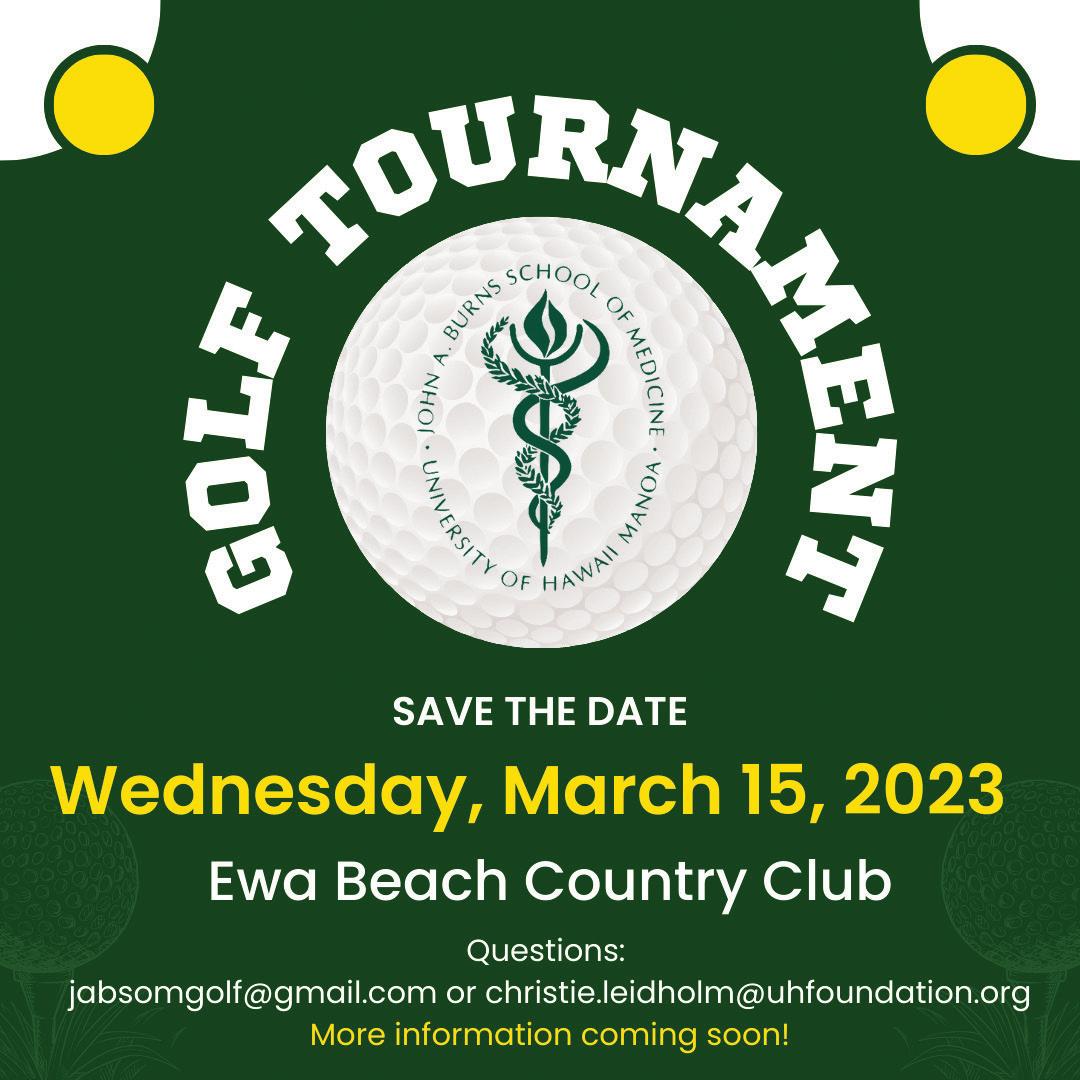 2022 - 2023
THE JOHN A. BURNS SCHOOL OF MEDICINE, UNIVERSITY OF HAWAI‘I MANOA -
2022 - 2023
THE JOHN A. BURNS SCHOOL OF MEDICINE, UNIVERSITY OF HAWAI‘I MANOA -







 2022 - 2023
THE JOHN A. BURNS SCHOOL OF MEDICINE, UNIVERSITY OF HAWAI‘I MANOA -
2022 - 2023
THE JOHN A. BURNS SCHOOL OF MEDICINE, UNIVERSITY OF HAWAI‘I MANOA -






Weare at a He Huliau (turning point) for the school. Our voyage for the last 15 years has been one of strengthening and guiding the school to meet both the state’s needs and fulfilling the vision of former deans. We have seen many changes: there has been significant growth in our MD student class size; we have seen training opportunities expand and evolve on neighbor islands; there has been strengthening of Graduate Medical Education programs and operations; new practice affiliations have been developed with our major Health System Partners, we have assisted exciting research developments and major grant awards relevant to the health needs of Hawai‘i and the greater Pacific, we have introduced major innovations in our educational programs, and the school has provided great leadership for the university during a time of great stress and uncertainty with the COVID pandemic and resultant economic challenges to the state and university.
The medical school, like its students, faculty and staff members have demonstrated creativity, resilience, and adaptability. There is more change underway as all the health science units at UH Mānoa and UH Hilo are seeking or developing new leaders. Beginning March 2023, the tiller of this voyaging canoe will be fully
turned over to (Associate Dean for Academic Affairs) Lee Buenconsejo-Lum who will lead as interim JABSOM dean. Although our school is at a He Huliau, we believe the school is poised for greatness. With the state’s economy recovering and a growing appreciation of the pivotal role that health care leaders (including the medical school dean) can play in the well-being of Hawai‘i residents, we anticipate that there will be additional private and state investment in JABSOM.
Such investment will come at a critical time. The medical school is on a tight timeline for its reaccreditation by the Liaison Committee for Medical Education and many of its programs have seen a significant decline in faculty and staff numbers. For the school to fulfill its destiny, it must be refortified after the long season of COVID and state economic distress. With such support, great things are possible under future leadership and a growing operation. Mahalo nui loa for your support, guidance and advocacy for the school.
Jerris R. Hedges, MD, MS, MMM Professor & Dean Barry & Virginia Weinman - Endowed Chair John A. Burns School of Medicine University of Hawai‘i - Mānoa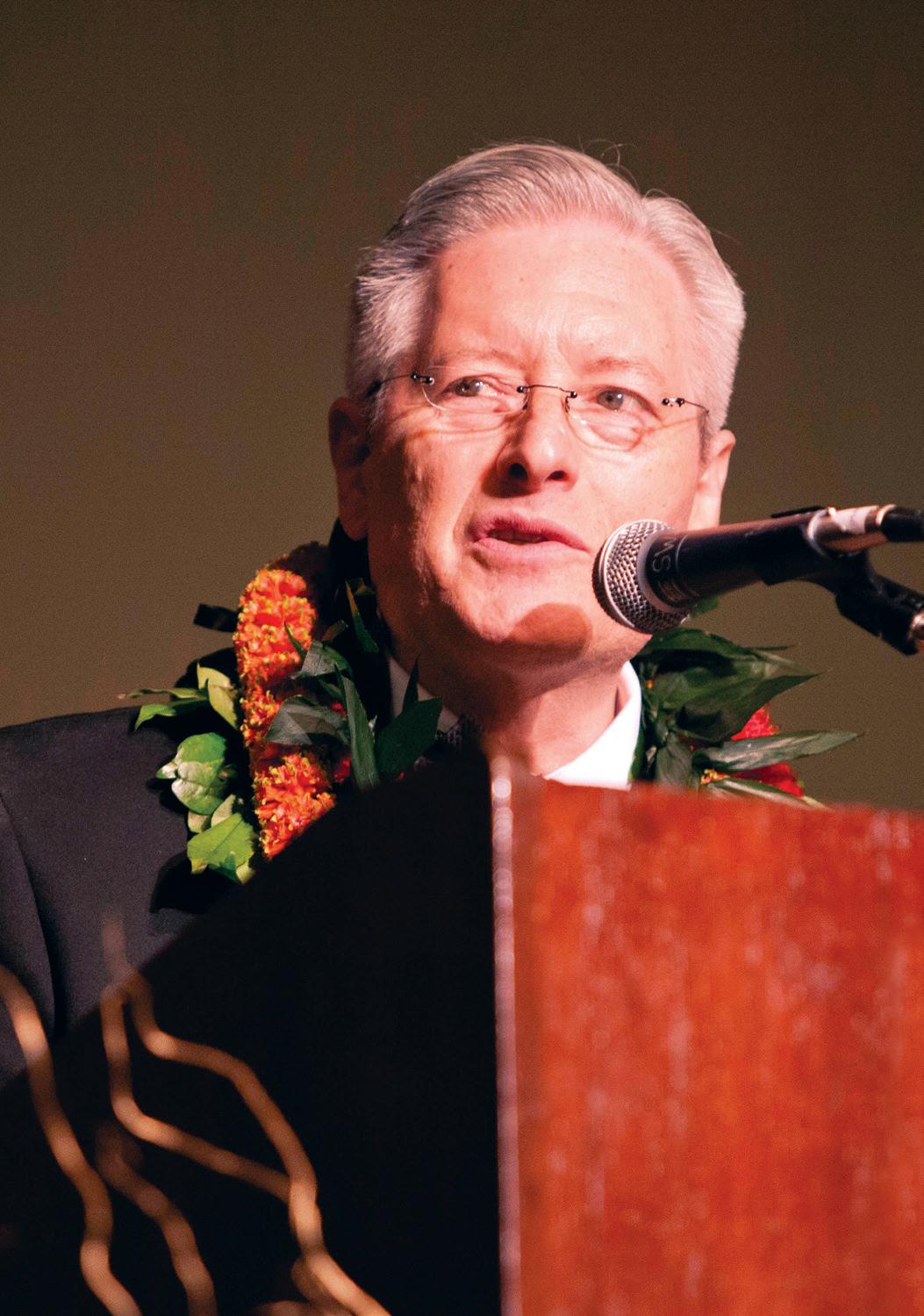

RURAL HEALTH TRAILBLAZERS: DRS. ERIKA NOEL, TRAVIS HONG AND CAROL FUJIYOSHI PAVE THE WAY FOR STUDENTS LIKE KAUAI-BORN JAMIE EMOTO (JABSOM MD 2026 CANDIDATE), WHO IS PART OF THE INAUGURAL KAUA‘I MEDICAL TRAINING TRACK COHORT
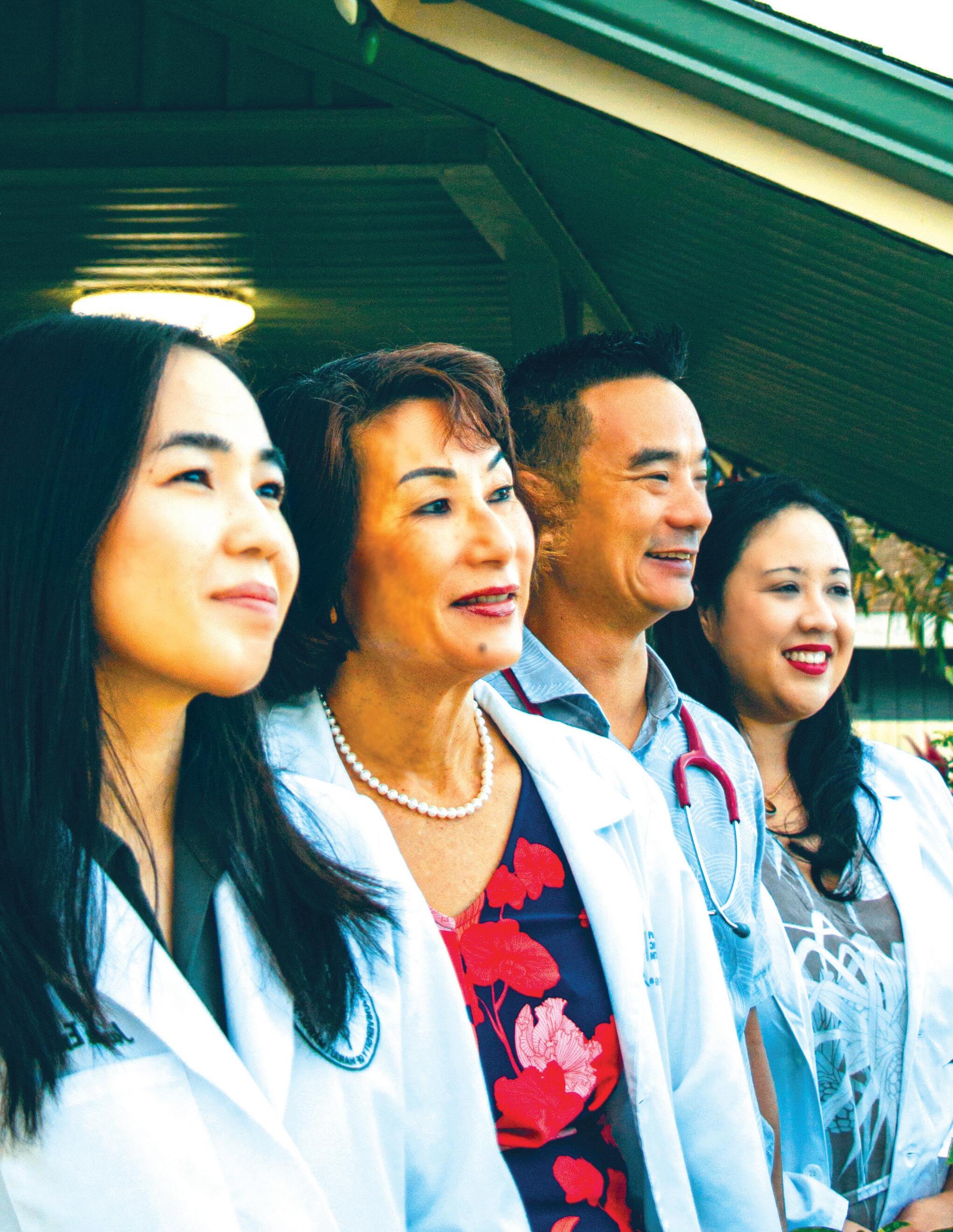
InMarch 2022, JABSOM announced a six-year, $10 million commitment from Dr. Priscilla Chan and Mark Zuckerberg to fund the new Kaua‘i Medical Training Track. The funding aims to build a stronger on-island medical community and improve access to healthcare services.
Here’s how it works. Six JABSOM students with ties to Kaua‘i, another neighbor island, or who have a strong interest in rural health will be accepted into the Kaua‘i Medical Training Track annually. The program will cover students’ tuition, fees, transportation, and lodging for all four years.
Students who complete the program will have a “work commitment.” Once they finish residency, they must return to Kaua‘i for at least four years to practice as independent physicians, thus contributing to closing the physician shortage gap. While there is no mandatory specialty they have to go into, primary care is encouraged because that’s the greatest
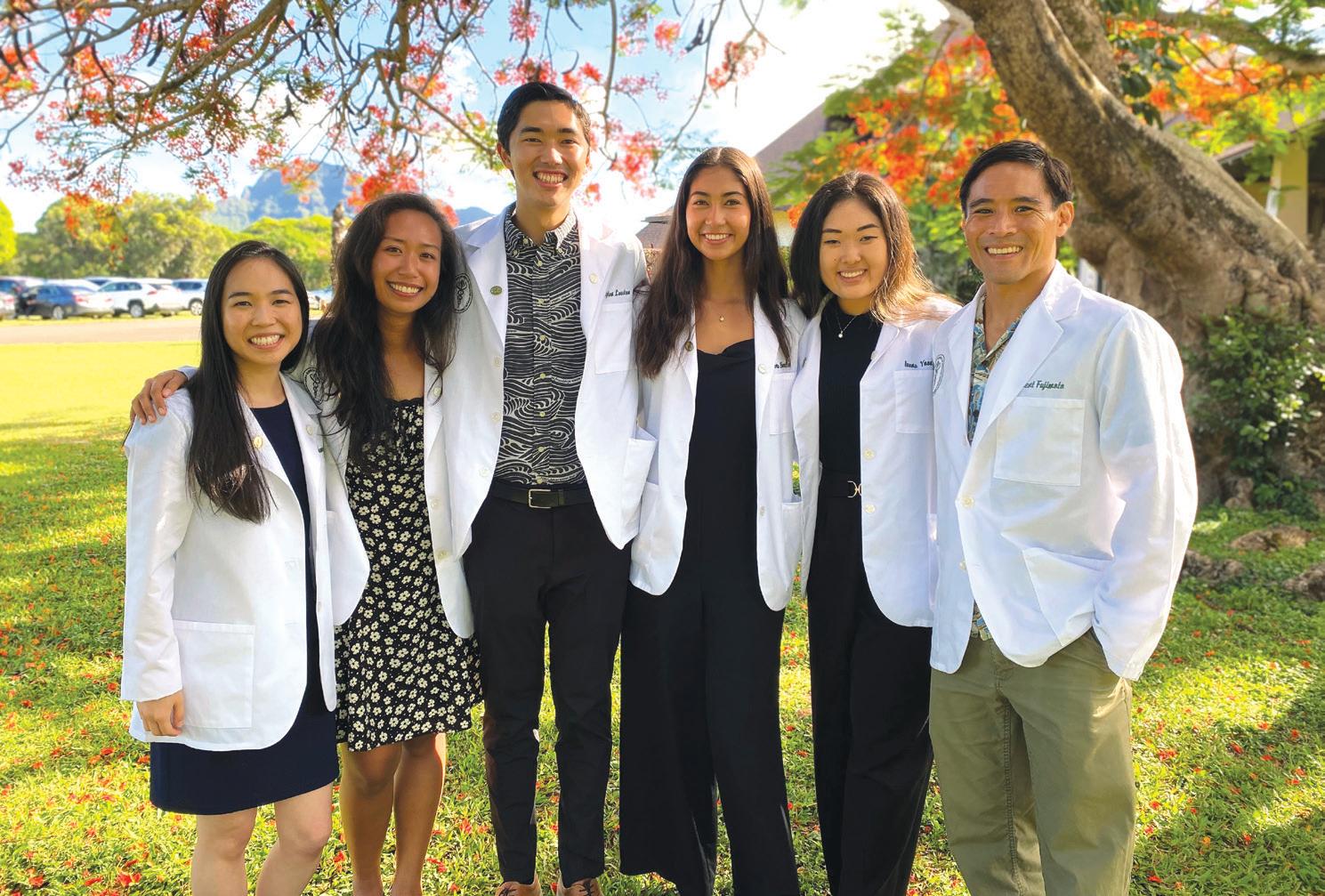
need in underserved areas.
The first cohort from JABSOM’s Class of 2026 began training on the Garden Isle in the fall. Ultimately, JABSOM hopes to expand this program to other neighbor islands.
“I am excited to learn alongside a group of bright and compassionate students who also have the common goal of learning from and caring for the people of rural Hawai‘i,” said Jamie Emoto (JABSOM MD 2026 candidate).
Chan and Zuckerberg added, “Expanding the medical community will help improve access to healthcare services for local residents — which is crucial to building a healthier community on Kaua‘i. We’re honored to support the John A. Burns School of Medicine at the University of Hawai‘i as they strive to address the physician shortage by creating a more robust pathway for future doctors.”
Former Gov. David
Ige signed two bills to help combat the state’s increasing physician shortage and support the UH Mānoa medical school’s mission to retain more of its graduates to practice medicine in Hawai‘i. The Hawai‘i Physician Workforce Assessment Project Report indicates that the state is in need of at least 750 doctors, with the greatest statewide shortage being in primary care specialties. The proportional need is greatest on the neighbor islands, with both Maui and Hawai‘i County experiencing a physician shortage of 40 percent.

Senate Bill 2567 funds
JABSOM’s expansion of medical residency and medical student training opportunities on the neighbor islands, and with the U.S. Veteran Affairs (VA) Pacific Islands Healthcare System sites across the state––specifically in areas where healthcare is most needed. The VA is a valuable partner in JABSOM’s academic programs. Internal Medicine, Family Medicine, Psychiatry, Geriatrics and Addiction Medicine residents or fellows have part of their curriculum based at VA sites.
Senate Bill 2597 allows for more loans to be given in the Hawai‘i State Loan Repayment Program, which helps graduates of JABSOM and other health
professions reduce their educational debt in exchange for remaining in Hawai‘i to practice. Loan repayment programs are a critical part of addressing the health professional workforce shortage, and Hawai‘i’s program has proven to be highly successful.
“Data show that more than 80% of physicians who graduate from both JABSOM and its residency programs tend to stay in Hawai‘i to practice— that is one of the highest retention rates in the country,” said JABSOM Dean Jerris Hedges.“We know that physicians who train in rural areas on our neighbor islands are also more likely to put down roots and nurture the communities that they’re in. We look forward to expanding our medical training opportunities to these underserved areas and to stay true to JABSOM’s vision of ALOHA: Attain Lasting Optimal Health for All.”
Source: AAMC 2022
DID YOU KNOW? JABSOM medical graduates consider themselves better trained to care for people of different backgrounds than graduates at 96% of other medical schools.
Anew report examines the total impact that spending by medical schools and teaching hospitals has on Hawai‘i’s economy, including jobs, labor income and overall economic value added. The AAMC (Association of American Medical Colleges) data shows that spending by JABSOM, its residency programs and affiliated faculty physician practice plans, with support from its affiliated teaching hospitals, support 3,485 jobs and contributes $260 million to the Hawai‘i economy annually.
“The many contributions by JABSOM employees and affiliates to the health of Hawai‘i throughout the pandemic are well recognized by Hawai‘i residents. The ongoing economic contributions of our medical school, residency programs and affiliated physician faculty members to Hawai‘i may be less recognized,” added JABSOM Dean Jerris Hedges.
The full report provides state-level data on jobs and labor income created; total economic value added by medical schools and teaching hospitals; and impacts of the medical research conducted by AAMC member institutions. According to the report, U.S.based AAMC member medical schools and teaching hospitals generated approximately 3.2% of the nation’s GDP and supported more than 7.1 million jobs nationwide.
“This report illustrates that medical schools and teaching hospitals
are a critical component of healthy communities and thriving economies, and their role is unparalleled in educating future doctors, scientists, and health care professionals and improving the health of patients and communities,” said David J. Skorton, AAMC president and CEO. “These new data underscore the important role these institutions play in driving our economy at the local, state, and national levels—providing jobs, paying wages, and supporting business and community development opportunities and collaborations.”
Macular degeneration is the most common cause of vision loss in the United States and the leading cause of blindness in Americans aged 65 years and older. JABSOM Division Chief of Ophthalmology Dr. Gregg Kokame aims to eliminate the number of eye injections for this condition through innovative gene therapy technology.
part of the ATMOSPHERE trial sponsored by gene therapy company Regnexbio. Kokame was the principal investigator of this study.
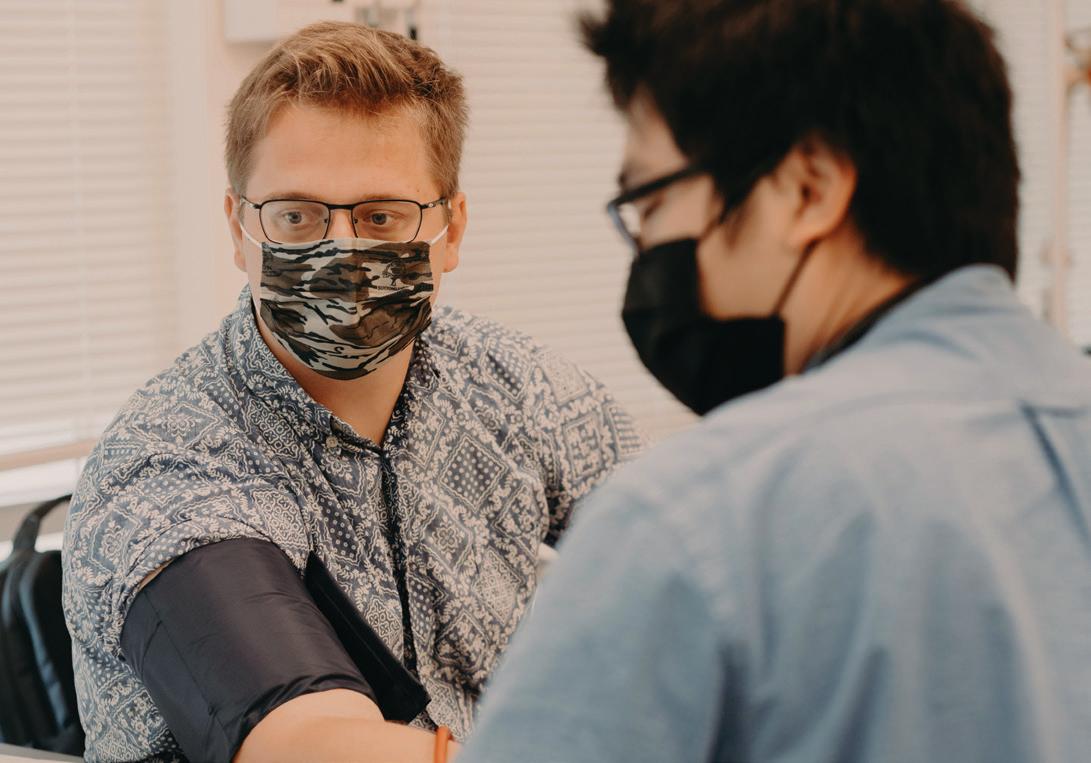 DR. GREGG KOKAME
DR. GREGG KOKAME
Dr. Kokame performed a surgical treatment using gene therapy on November 24, 2021, as
“This is a very exciting project for us and a very important trial for the treatment of a common disease, and not just an orphan disease, such as many of the inherited retinal dystrophies,” said Dr. Kokame. “Gene therapy amazingly is in the now and not just in the future.”
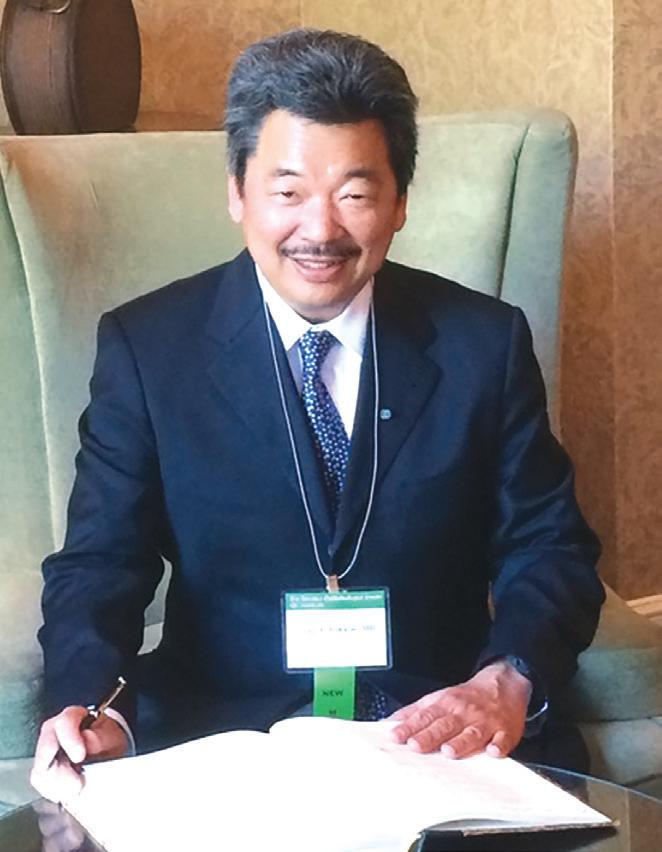
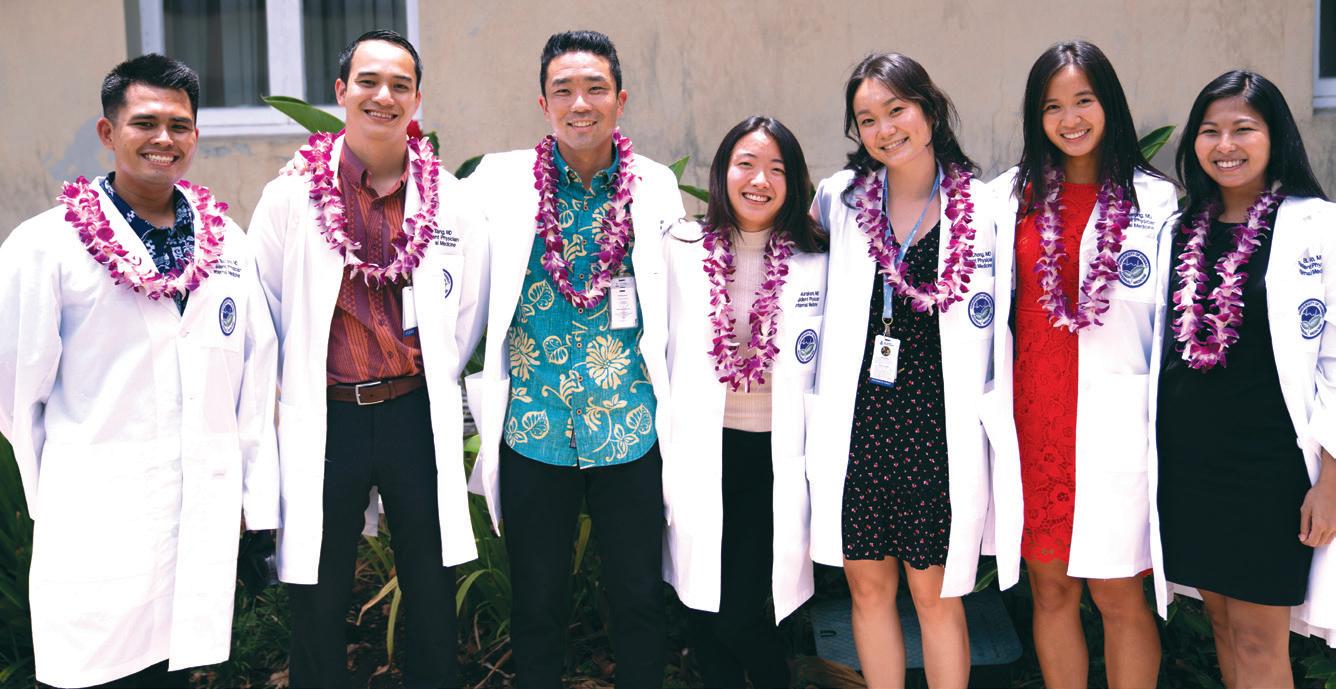
July marks an infusion of roughly 75 physicians annually across hospitals, wards, and clinics of Hawai‘i as they begin graduate medical education programs at the UH JABSOM. The training of residents and fellows is managed in partnership with JABSOM, and the Hawai‘i Residency Programs, Inc. and numerous health system partners and clinical sites. The need for incoming doctors both from Hawai‘i and around the world and to train in our islands is especially important given that our state is in need of an estimated 750 doctors, as indicated by the latest Hawai‘i Physician Workforce Assessment Project. The JABSOM GME programs include about 230 residents and fellows in total. Additionally, new residents started at the Tripler Army Medical Center GME programs, the Hawai‘i Island Family
Medicine Residency Program in Hilo, as well as at the Kaiser Permanente Hawai‘i Internal Medicine Residency program in Honolulu.
served the people of Kaua‘i through various healthcare roles. She was the Chief Medical Officer at the Kaua‘i Medical Clinic and currently serves as the Kaua‘i medical director for Hawai‘i Pacific Health Medical Group.
DR. GERI YOUNG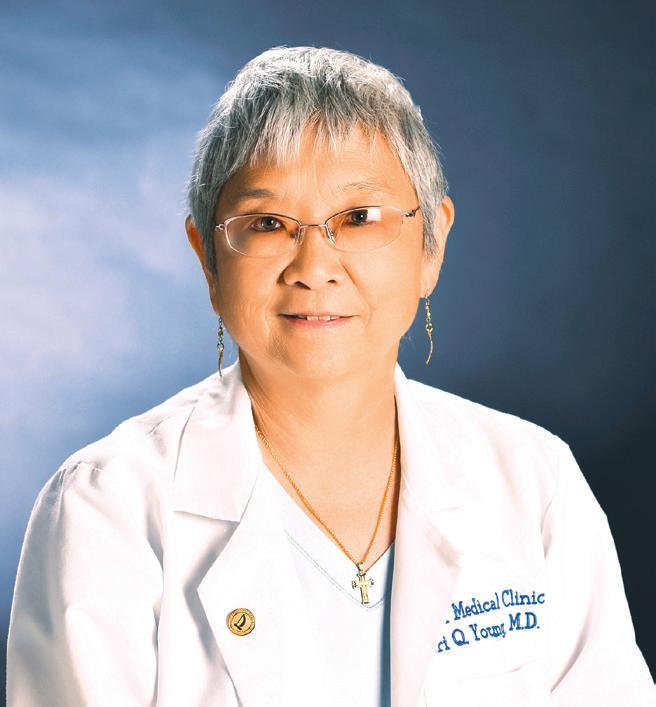
Neighbor island and rural training have long been part of JABSOM’s mission, and when we thought about who exemplifies that, our minds went to Dr. Geri Young (JABSOM 1978). She was born in Honolulu and raised in Waipahu but spent her entire professional life on the Garden Isle. For more than four decades, she has
The opportunity to practice on a neighbor island was an unexpected blessing for Dr. Young, but one that she chose during medical school. After getting married in 1981, Young’s husband, the late Dr. Robert Teichman (JABSOM 1978), received a job offer to work at Wilcox Medical Center in Līhu‘e, Kaua‘i.
Forty-one years later, Dr. Young remains at Wilcox Medical Center with a deep appreciation of the community she’s found and supported on the island.
“The people here are so welcoming. The
practice was incredible. I think I realized that over the years, it wasn’t a sudden decision,” Young said. “It just kind of grew on us. Because it’s so small, everybody kind of knows everybody else, and it becomes like family.”
She marvels at how much the medical services have grown.
“Through the years, I’ve seen way more female physicians employed and way more subspecialty services being offered,” Young said. “This growth has been huge for the [Hawai‘i Pacific Health] medical group and the level of care at Wilcox.”
While Dr. Young is committed to Kaua‘i, she still gives back to JABSOM, serving as an assistant clinical professor for the school’s pediatrics department.
The fact that the Smithsonian Institute so eagerly accepted this gift is confirmation of the place in history that the discovery has. We are thrilled that the University of Hawai‘i will now be recognized in the nation’s flagship history museum as having made a major discovery in biomedical science.
Nearly25 years after her birth made international headlines, Cumulina made the trek to her new home in the renowned Smithsonian’s National Museum of American History in Washington, D.C. She was the first cloned mouse and the first cloned mammal in the United States.
The most celebrated mouse in scientific history was named for the cumulus cells whose nuclei were used to clone her. Cumulina was created in a lab in 1997 using the distinctive “Honolulu Technique” developed by an international team led by Dr. Ryuzo Yanagimachi at the UH medical school. She was the first mammal cloned more than once and for several generations. Yanagimachi’s work helped lay the groundwork for in vitro
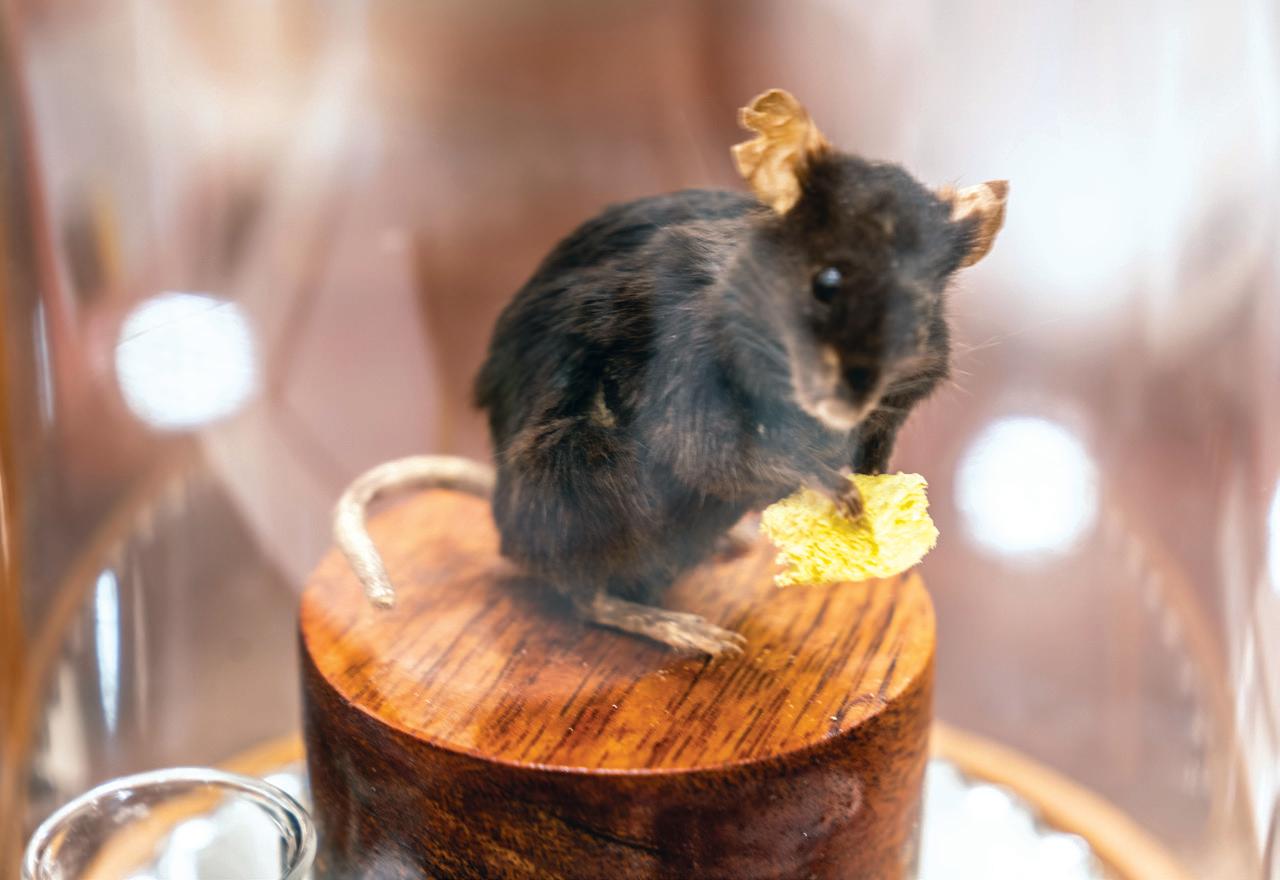
fertilization in the early 1960s. Although Yanagimachi officially retired in 2005, he continues to be an active researcher at the UH Mānoa Institute for Biogenesis Research (IBR), which he founded.
“The fact that the Smithsonian Institute so eagerly accepted this gift is confirmation of the place in history that the discovery has. We are thrilled that the University of Hawai‘i will now be recognized in the nation’s flagship history museum as having made a major discovery in biomedical science,” said Dr. W. Steven Ward, director of the IBR and JABSOM professor.
The museum also acquired a sheet of paper streaked with the mouse’s footprints, made on her second birthday,
which speaks to the research team’s excitement about the mouse’s normal aging process.
Cumulina lived to a ripe age of 31 months, equivalent to age 95 in human years. She died of natural causes in 2001 and until her preserved body was donated to the museum, it had been kept at the UH IBR, part of JABSOM.
Cumulina was featured in the National Treasure column in the June 2022 issue of Smithsonian Magazine and will be preserved in the museum’s Medicine and Science Division. While the museum is exploring future display opportunities, details about Cumulina are available on the museum’s website.
Hawai‘i has the highest life expectancy at birth, according to the Centers for Disease Control and Prevention. Still, that success is not reflected in Native Hawaiians and other Pacific Islanders populations. State data show Native Hawaiians have shorter life expectancy of seven to 10 years less than other Hawai‘i residents. JABSOM researchers and other UH health sciences are investigating the sources of the disparities and ways to close the life expectancy gap.
The National Institutes of Health awarded Ola HAWAII researchers a five-year, $22.5 million U54 grant to foster research into health disparities and to conduct three extensive studies to explore genetic, environmental, and socio-economic related disparities in health and health care access for specific communities in Hawai‘i.
Ola means “health” or “to heal” in Hawaiian, and HAWAII stands for “Health And Wellness Achieved by Impacting Inequalities.” In general terms, the three projects will focus on 1) healthy eating through backyard aquaponics, 2) a highly specific study on exercise and why Native Hawaiians don’t see the same benefits as other ethnicities, and 3) long COVID in Native Hawaiians and other underserved populations.
JABSOM Dean Jerris Hedges and Thompson School of Social Work & Public Health Dean Emeritus Noreen Mokuau serve as multiple principal investigators for Ola HAWAI‘I. Mokuau explains how Ola
HAWAII thoughtfully selected the projects that would have the broadest impact on Hawai‘i’s population. “It’s about seeding ideas that best benefit the people of Hawai‘i, in areas such as cardiovascular health, diabetes, and COVID-19.”
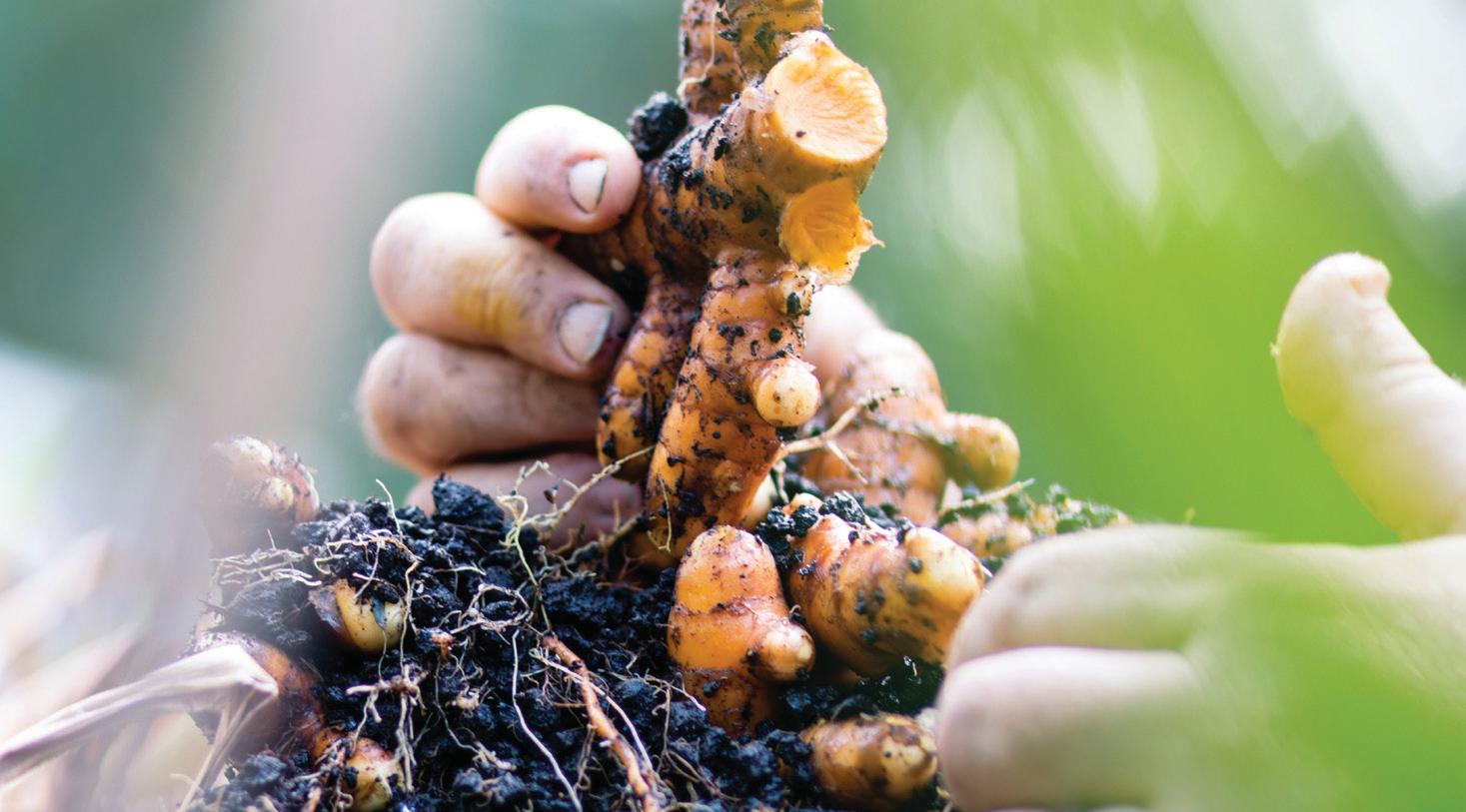
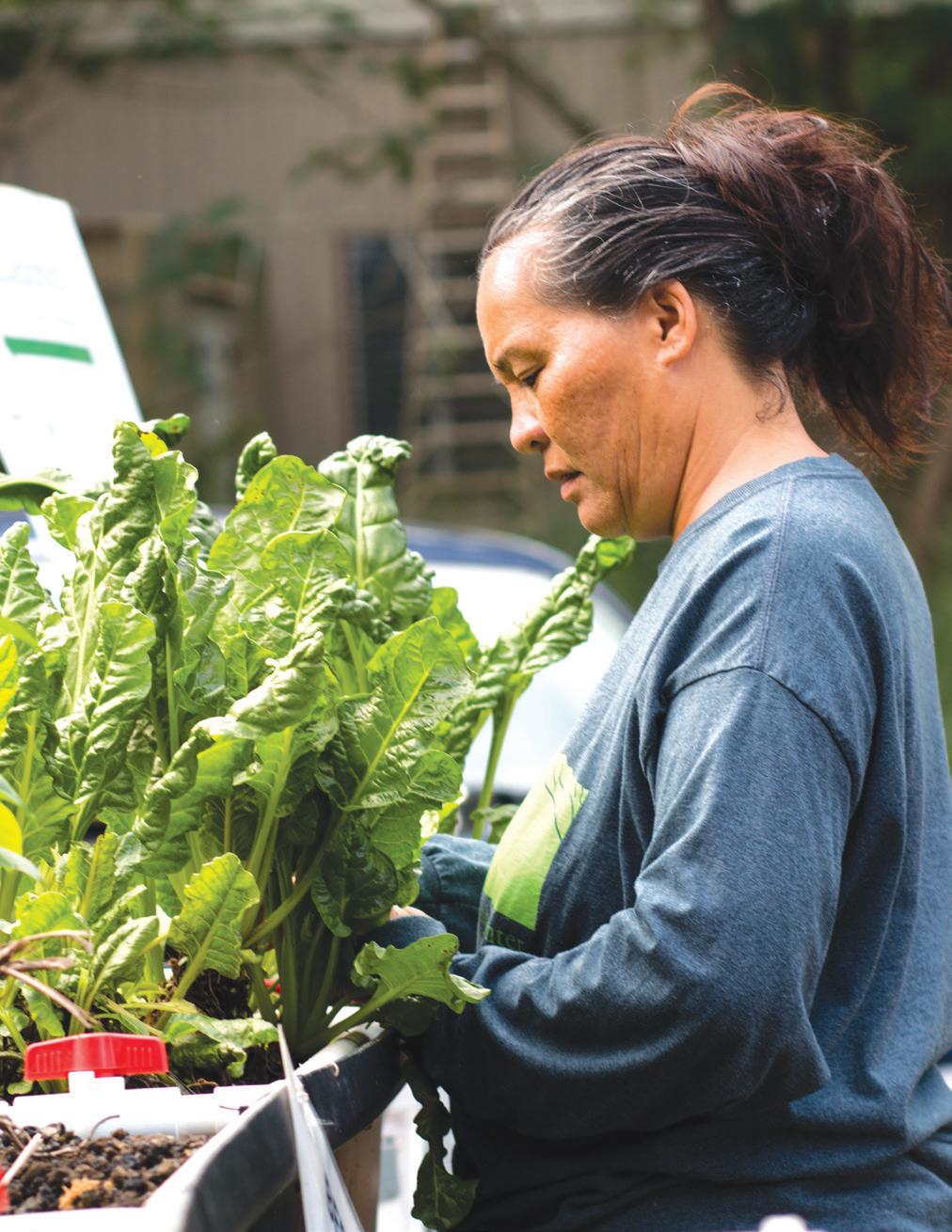
Scan the QR code link to take a closer look at three specific projects.
Scan to watch our video

Native Hawaiians and Pacific Islanders aren’t always well-represented in clinical trials and researchers from JABSOM’s Department of Native Hawaiian Health (DNHH) are looking to change that.


Partnering with colleagues from nine universities and health care systems, teams of researchers will lead a groundbreaking $20 million project to study barriers that prevent people of diverse races and ethnicities from being represented and included in clinical research trials. The goal is to identify ways to ensure people of all races and ethnicities are fully included.
The four-year project started in April 2022 and is the latest initiative in the American Heart Association’s pledge to address social determinants of health while working to improve health equity for all communities.
The center at JABSOM focuses on Native Hawaiian and Pacific Islander participants. Researchers will conduct a clinical trial to treat heart disease, diabetes or obesity by using smartphones to stay in touch
with participants throughout the project.
The three complementary projects aim to mitigate cardiometabolic disparities and will be thematically connected through mobile health approaches to improve recruitment, enrollment and participation of diverse individuals in clinical trials.
“Addressing the large health inequities we see between our Native Hawaiian and Pacific Islander communities and other ethnic communities requires, in part, our participation in clinical research to ensure public health interventions and medical treatments are both safe and effective for them,” said Joseph Keawe‘aimoku Kaholokula, PhD.
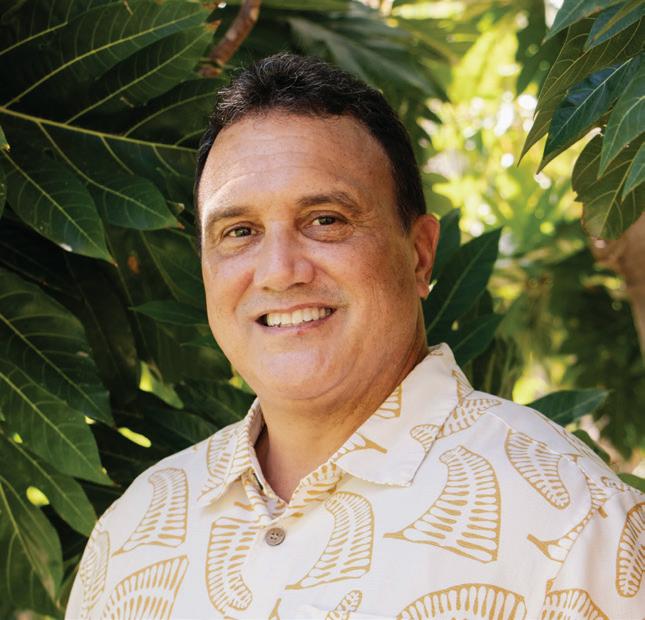
As the new bivalent COVID-19 booster had
become widely available, timely research done by UH researchers found vaccine hesitancy is associated with education and level of trust in COVID-19 information.
JABSOM researchers, Drs. May Okihiro, Krit Phankitnirundorn, Alika Maunakea and others from UH and the Waianae Coast Comprehensive Health Center recently published their findings in the journal Vaccine published by the Multidisciplinary Digital Publishing Institute. They analyzed the behaviors of 1594 people during the Delta and Omicron wave of COVID-19.
They found individuals vaccinated within two months of eligibility (early vaccinees)
tended to have more years of schooling, with greater trust in and consumption of official sources of COVID-19 information, compared to those who waited 3–6 months (late vaccinees), or those who remained unvaccinated at 6 months post-eligibility (non-vaccinees).
The rapid turn-around, high reward grant supporting this work was made possible through the National Institutes of Health (NIH) RADx® Underserved Populations (RADx-UP) program, explicitly dedicated for COVID-19 research. RADx-UP participation was open to Hawai‘i investigators because of affiliations with other NIH funded projects (like Ola HAWAII).
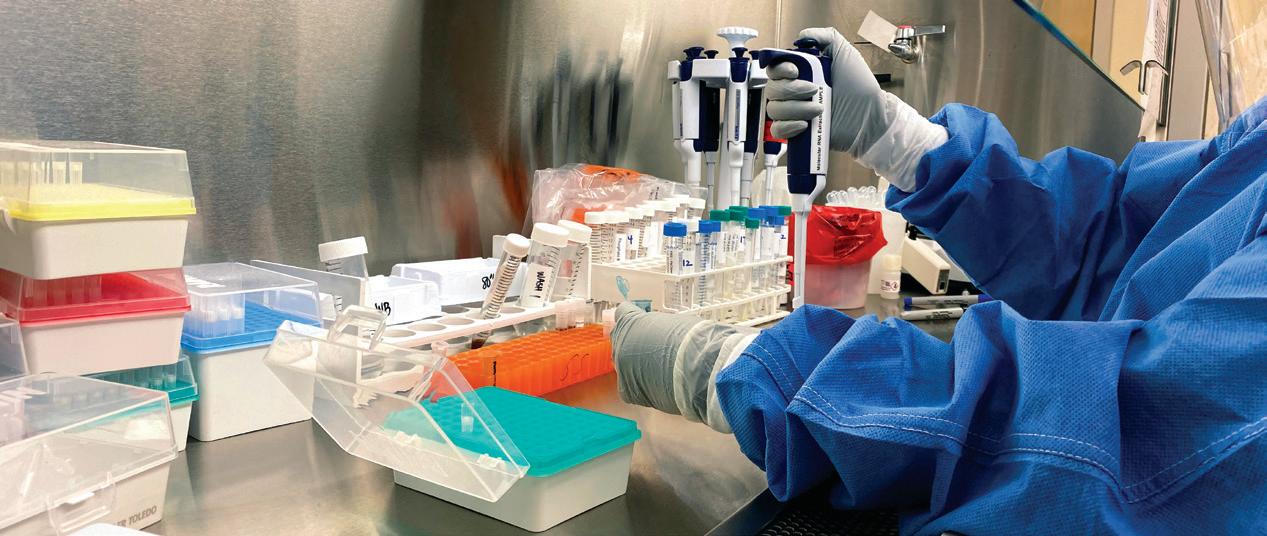
Asian Americans can sometimes be part Native Hawaiian or Pacific Islander (NHPI), but combining these groups can often lead to inaccurate data presentation and interpretation. JABSOM Assistant Clinical Professor Dr. Michiko Bruno, is one of the many researchers in Hawai‘i leading the calls for change. Bruno looked at cultural and gender disparities in treating Parkinson’s Disease.
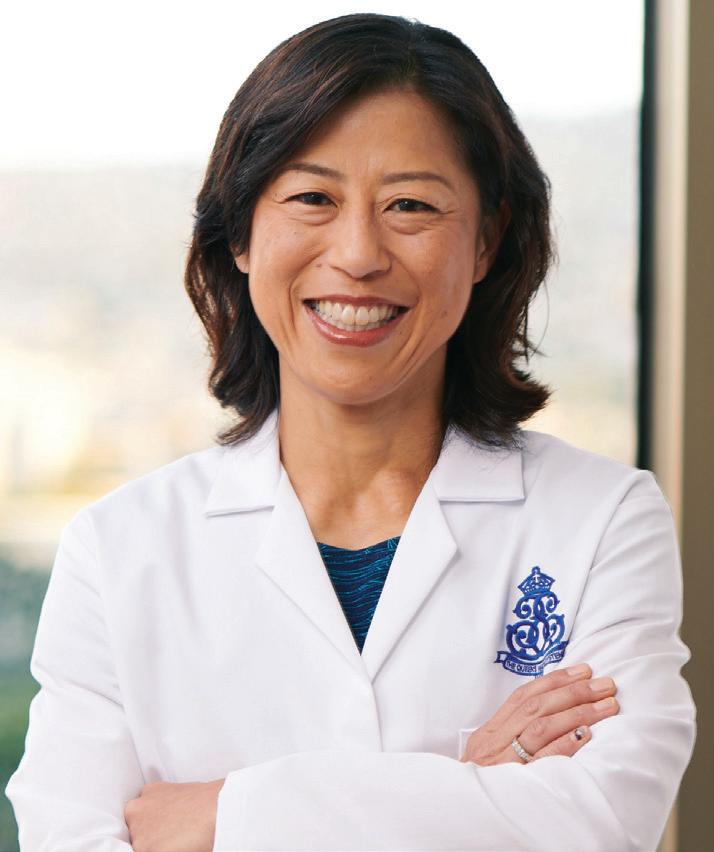
“Previous studies have aggregated Asian Americans and NHPI into a single category. Although this is done to allow sufficient sample size, we know that these two groups are very different in reality,” said Bruno. “So we decided to review the data, separating Asian Americans and NHPI.
Because deep brain stimulation (DBS) is the most commonly performed surgical treatment for Parkinson’s Disease, Bruno specifically looked at that data. She reviewed 15 years’ worth of race and social demographic data of patients who received DBS at The Queen’s Medical Center. Bruno found DBS underused in Asian Americans and NHPI, but the difference was not statistically significant. Strikingly, however, Bruno’s team found that no female NHPI patients underwent DBS during the 15-year period and hopes to explore that in future studies.
“DBS surgery is a wonderful tool to treat Parkinson’s Disease and Essential Tremors in appropriately-selected patients. I want to make sure everybody in Hawai‘i who
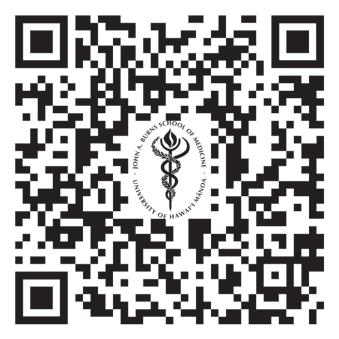
can benefit from this treatment will have access to it,” said Bruno. “The first step in equity is understanding the current access gap and disparities.”
Dr. Bruno’s research team included JABSOM medical students Frances Tiffany Morden and Gina Watanabe.
David Maison has been fervently studying COVID and appeared as first author in four peer-reviewed publications. Maison, who will be getting his PhD in May 2023, investigates the introduction of the COVID variants to Hawai‘i and how to combat them through next-generation vaccines while looking ahead to mutations on the rise.
Meanwhile, Dr. F. DeWolfe Miller, Professor Emeritus in Tropical Medicine, published several high-impact publications on COVID in US-epidemiology studies. His research explored the “epidemic within the epidemic in Hawai‘i.” Dr. Miller also studied the Delta and Omicron waves and looked at the dynamics of the pandemic in urban and rural areas.
Finally, Dr. May Okihiro, Dr. Krit Phankitnirundorn, Dr. Alika Maunakea and others from UH and the Wai‘anae Coast Comprehensive Health Center studied vaccine hesitancy and found there are parallels between education and level of trust in COVID-19 information. The research was published in the journal Vaccine.
Scan to read more about these studies
of students from other schools plan to work in underserved communities
36% of JABSOM graduates plan to work in underserved areas
46% compared to
schools
93% 64%
85% 74%
93% of JABSOM’s 2022 graduates received at least one scholarship compared to 64% of students across other medical schools
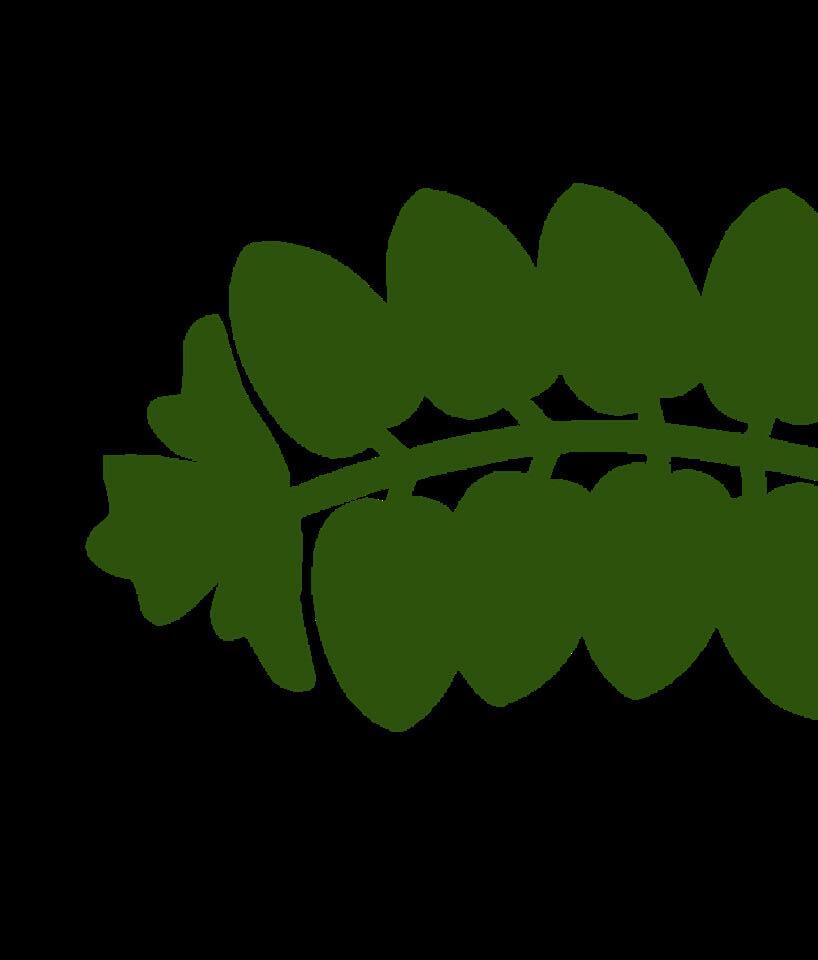
Students receive MORE at JABSOM
of JABSOM students leave with less than $50,000 in medical school debt
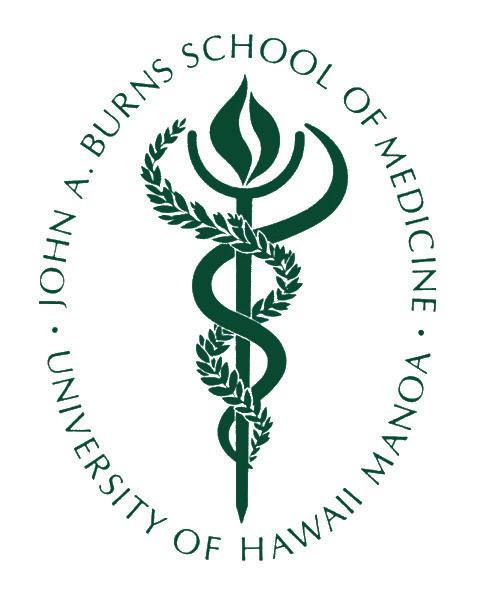
36%
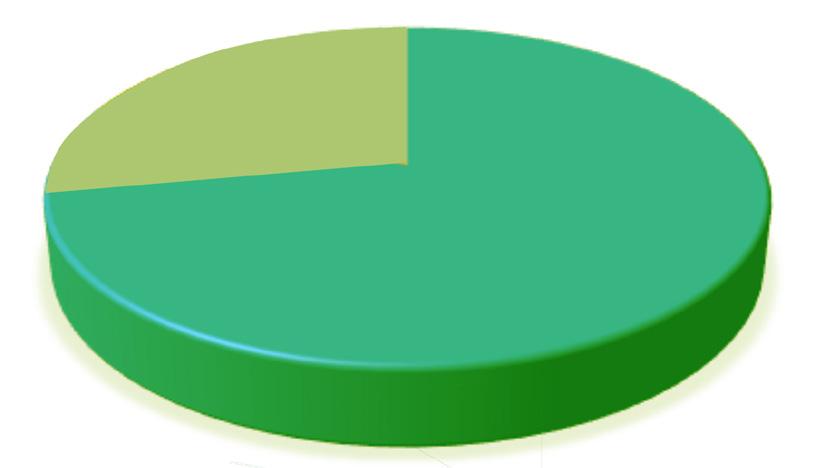
48% of students from other schools share the same claim
Source: Association of American Medical Colleges (AAMC) Graduation Questionnaire 2022
Aftera week-long orientation, JABSOM’s newest Class of 2026 was officially welcomed to the medical school as the annual White Coat Ceremony made its in-person return. The ceremony marked the beginning of a medical student’s journey to becoming a physician and saw 77 future physicians presented with new white coats by a physician mentor.
This is the first time that JABSOM held a White Coat Ceremony twice in the same year; the students of the JABSOM Class of 2024, now in their third year of medical school, celebrated their COVID-delayed in-person White Coat Ceremony this past June.
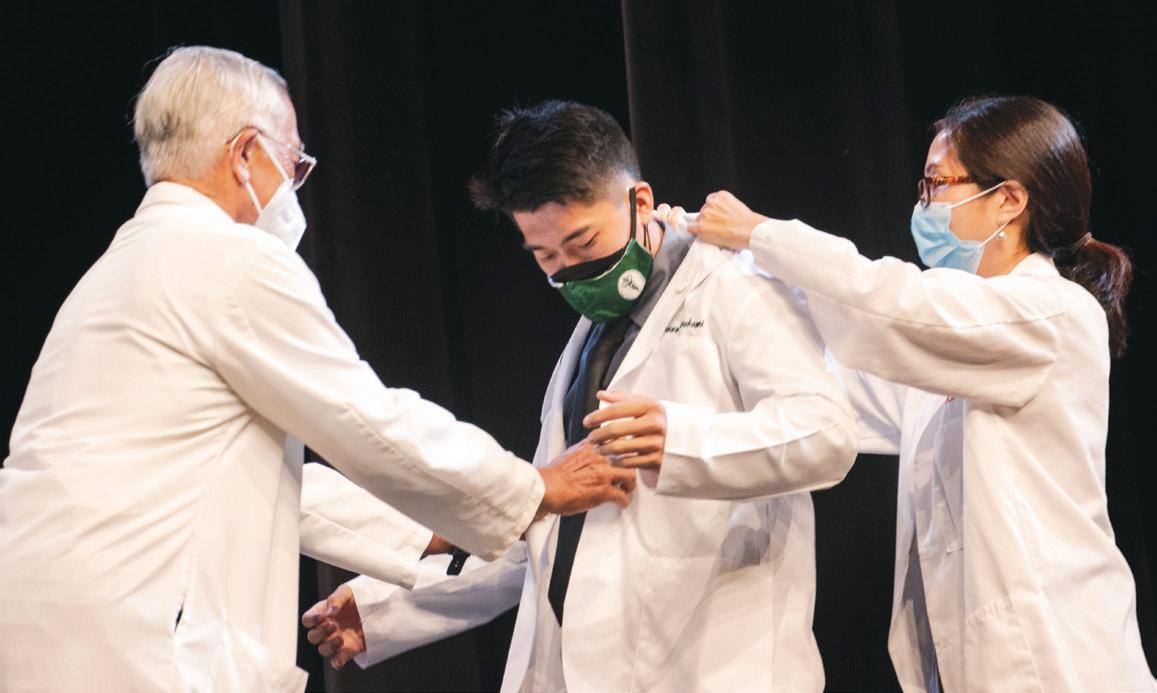
Jasmine Padamada, one of the MD 2026 candidates, has seen and experienced the physician shortage currently affecting Hawai‘i’s rural areas. This experience inspired her to work toward returning to her native Kea‘au on Hawai‘i Island to practice medicine. Padamada is also a graduate of JABSOM’s ‘Imi Ho‘ōla Post-Baccalaureate Program, a rigorous, yearlong curriculum preparing students from underserved communities for medical school.
The newest MD class consists of 85% of students from Hawai‘i: six from Hawai‘i Island, two from Kaua‘i, and two from Maui. Students outside of Hawai‘i include those from Guam, Korea and the mainland US (California, Maine, Colorado and Maryland.) Additionally, five graduates of the first all-female cohort of ‘Imi Ho‘ōla matriculated into JABSOM.
Intheir third year of medical school, JABSOM students participate in the longitudinal clerkship portion of their curriculum. Six months out of the year, they complete their rotations in hospitals, while the other half is spent in ambulatory settings. More are now doing their ambulatory experience on the neighbor islands.
To help defray costs, Dr. Wesley Sugai (JABSOM 1983) and his wife, Pat, created the Rural and Neighbor Island Medical Education Support Fund in 2010. Sugai also hopes the fund encourages more students to practice in rural communities.
CHRISTINA TSEWhile the students acknowledge the importance of delivering healthcare in rural parts of the state, there are challenges, such as finding transportation and temporary housing. Some students even stay with preceptors (volunteer faculty physicians).
Christina Tse (MD 2023 candidate) did her rotations on Kaua‘i, where everything slowed due to the pandemic in 2021. Despite that, her personal experience was an enjoyable one. Now a fourth-year student, Tse did outpatient rotations in Hilo and Kaua‘i. She found her preceptors very accommodating and knowledgeable and enjoyed working with the patients.
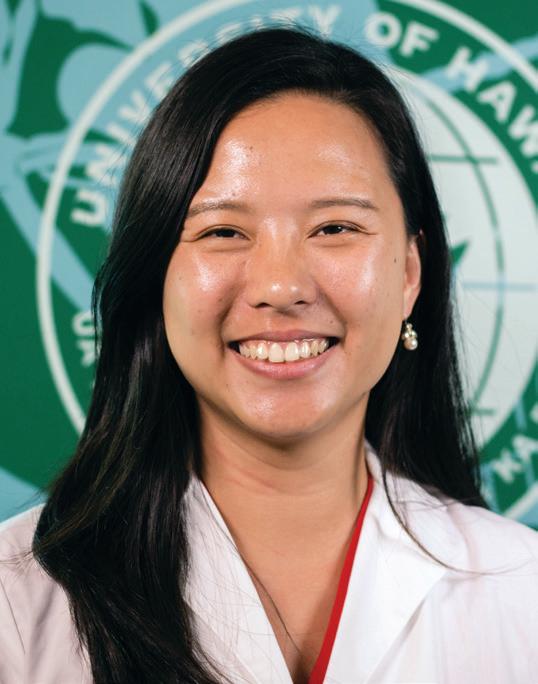
I’m really honored…to have the opportunity to give back…to be a resource for these rural areas. I think it’s a dream come true.
64%
of the Class of 2022 matched into primary care-front line specialties, with the highest number of students (20) going into internal medicine.
69

new physicians graduated in JABSOM’s Class of 2022, which included 16 Filipinx doctors, four Native Hawaiian kauka ‘opio (young physicians), and 10 students who are originally from neighbor islands.
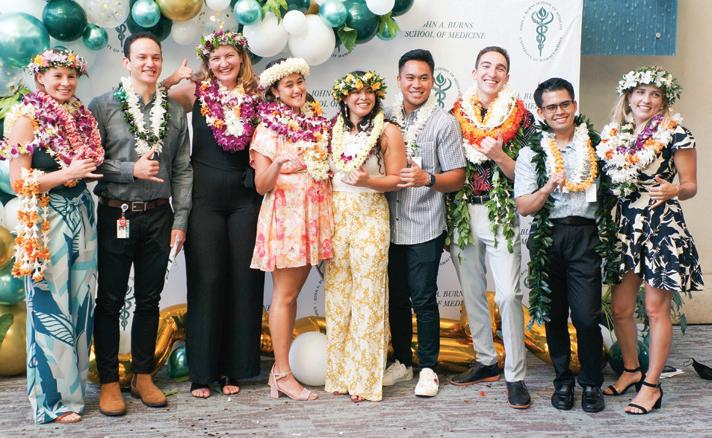
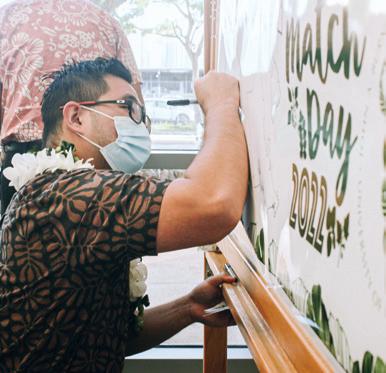


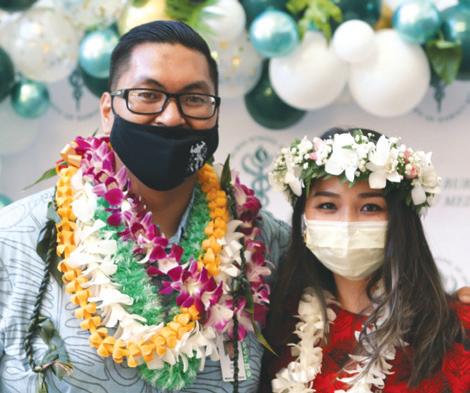
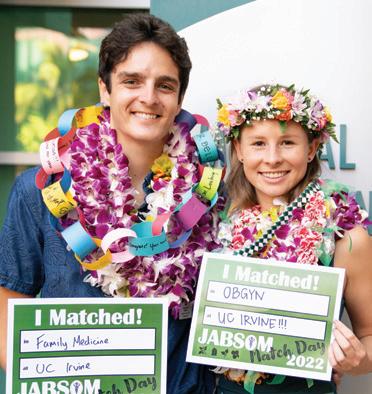
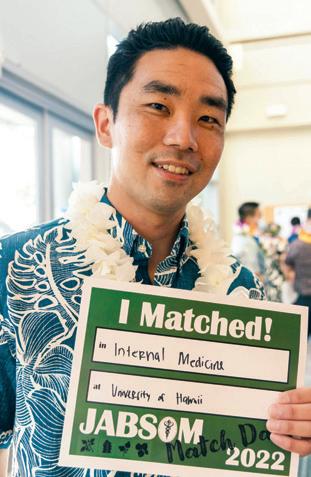
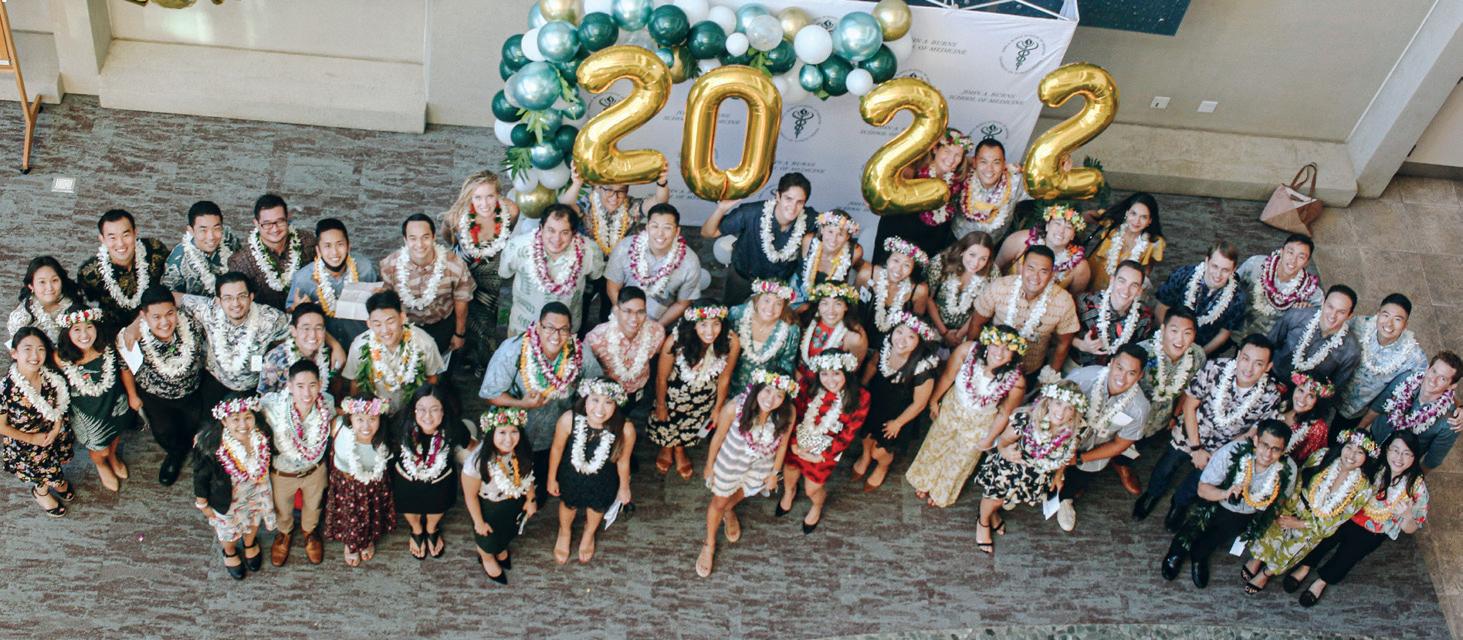
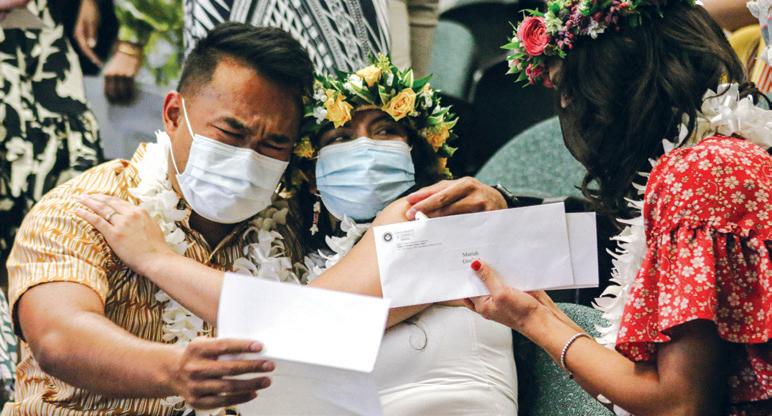
20 INTERNAL MEDICINE
10 EMERGENCY MEDICINE ORTHOPEDIC SURGERY
5 OBSTETRICSGYNECOLOGY


5 PEDIATRICS


3 ANESTHESIOLOGY

3 PATHOLOGY
3 FAMILY MEDICINE
3





3 PSYCHIATRY
2 CHILD NEUROLOGY
2 GENERAL SURGERY
2 MEDICINEPEDIATRICS








2 NEUROSURGERY
2 OPHTHALMOLOGY
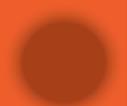



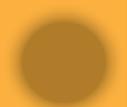








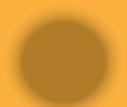


2 RADIOLOGY
1 PHYSICAL MEDICINE & REHABILITATION
1 RADIOLOGYINTERVENTIONAL
When the pandemic hit in 2020, the Anatomy department had to pause donations of cadavers, also known as “silent teachers,” for
its Willed Body Program. The program allows first-year medical students to learn about body anatomy through these silent teachers. To keep the students on track for their first-year anatomy curriculum, MD 2023 candidate Nicole Nakamatsu devised an extended reality (XR) approach to learning anatomy, along with Dr. Scott Lozanoff and other faculty members.
Nakamatsu, now in her fourth year at JABSOM, helped with the development of the workflow in her first year that started with MRIs of the cadavers to help students

understand the bodies of their silent teachers before actually dissecting them. According to Lozanoff, the workflow for processing the bodies is complicated but well worth it, as the images have been used for online hybrid anatomy labs that include streaming dissection demonstrations.
The XR technology is currently being used in JABSOM’S anatomy curriculum, and is also being used in classes at the University of Hawai‘i West O‘ahu, and for preoperative planning of complicated cases at the Tripler Army Medical Center.
JABSOM’s Hawai‘i Houseless Outreach and Medical Education (H.O.M.E.) Project gives students hands-on training while providing medical care to houseless communities on O‘ahu. To improve patient care and identify health disparities within these communities, MD 2024 candidates Dylan Singh and Brendan Seto developed a database for patients.
Singh and Seto were inspired by their experiences volunteering with H.O.M.E. Project for their community health curriculum, led by Drs. Teresa Schiff and Jill Omori. Students working with H.O.M.E. Project can use the database to help them better understand their patient population, their health needs, and what they can do to address those needs. Two areas of focus are improving the quality of wound care and treatments and the inclusion of cardiac care.
Though Singh and Seto are now in their clinical years, they recruited first- and second-year students to review the patient charts, hoping this database can continue with students from
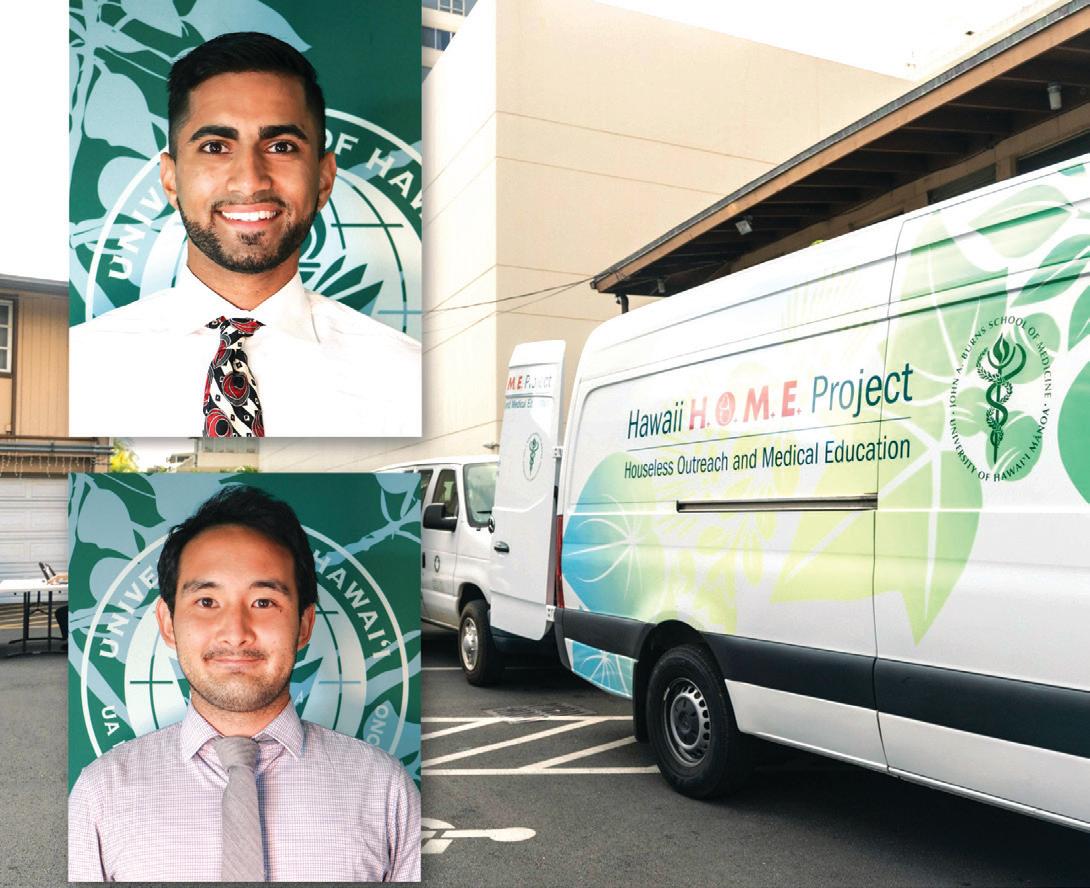
between JABSOM first and second-year students, returned last spring with the help of Jamie Wong, MD 2025 candidate and health & wellness officer.
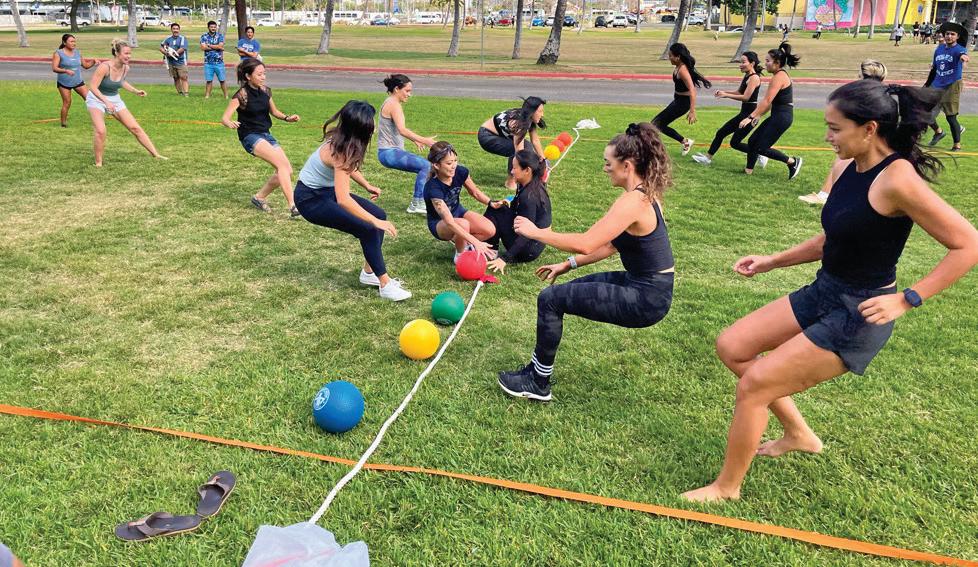
“Jamie advocated for her class and fought to have the Olympics to boost morale and make lifelong memories,” said Amanda Tsuhako, MD 2024 candidate and health & wellness officer.
Despite being repeatedly delayed due to COVID surges in the past year, the MD Olympics, a spirited competition
For MD 2024 candidate Piueti Maka, attending JABSOM was “the only place that made sense” to her. After completing the year-long ‘Imi Ho‘ōla Post-Baccalaureate Program in 2020, she was excited to start at JABSOM, a chance for her to serve and support underserved communities. It was significant to her that JABSOM provided not only medical but also cultural education about the many different ethnic groups in Hawai‘i.
Maka is the first Tongan student JABSOM has had, something that she is hoping to build upon. In her clinical rotations, she was able to help the physicians at the hospitals understand their Tongan patients even more.
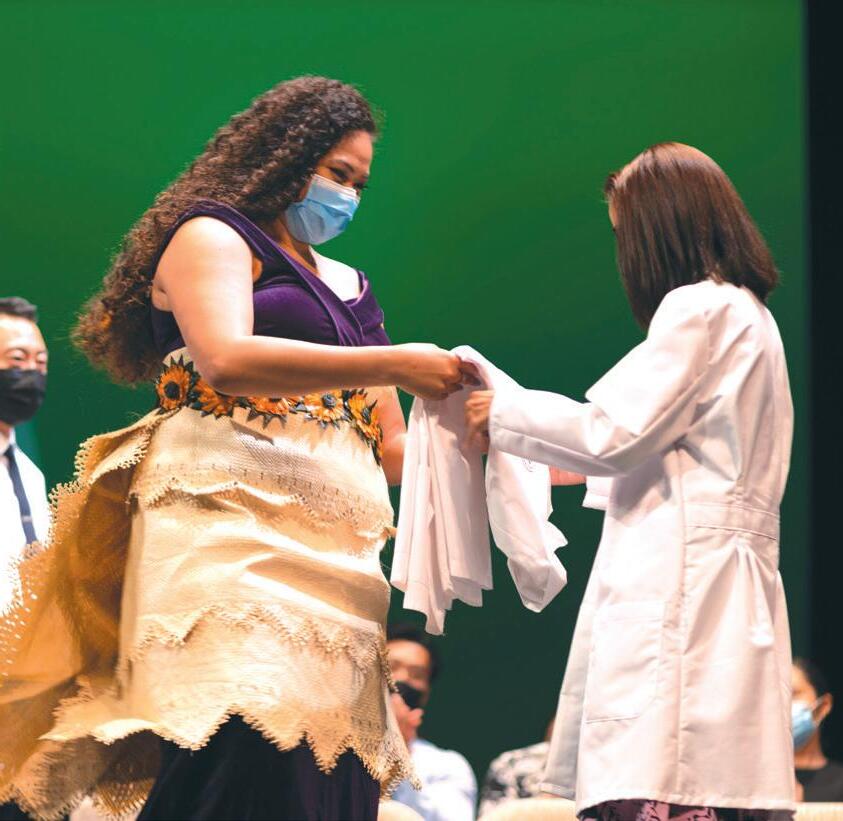
“It’s been helpful for the physicians to learn more about the patient…and understand why certain things are so important to patients, but might not have
The Class of 2024 and the Class of 2025 competed against each other in a mix of traditional sports like volleyball, spikeball and relay races, as well as non-traditional games such as a Wordle Relay, a Super Smash Brothers video game tournament, and the most exciting event of the games: a chicken nugget-eating competition.
While the MD 2025 class won that gastronomic event, it was the MD Class of 2024 who won the Olympics with a score of 7-3.
been shared with their physician,” she explained. “That’s the value I’ve been seeing as a Tongan woman in medicine. These patients are looking for people to whom they can relate.”
While Maka acknowledges how tough it is to be the only Tongan person currently in the program, she isn’t discouraged. If anything, it has only encouraged her to reach out to other nonHawaiian Pacific Islanders who are in the same situation. Maka was introduced to Pasifikas in Medicine, an organization started by two Pacific Islander medical students in Arizona. The organization was formed to help other Pasifikas network and connect while in medical school while also recruiting new pre-med students and helping them apply to medical school. Maka has been
instrumental in the group’s community outreach to get more members and funding for scholarships and resources.
Scan to watch our video
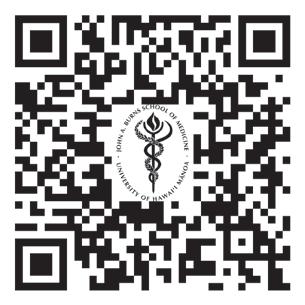
Although the majority of medical students at JABSOM receive scholarship support (73.4% in the graduating class of 2021), the financial burden for medical school remains exorbitant. According to the Financial Aid Summary Report from the Association of American Medical Colleges, 74% of students at U.S. public medical schools graduated with an average debt of $181,789 in 2021. For JABSOM’s graduating class of 2021, the average student debt was over $215,000. Despite the steep cost of attending medical school, the majority of JABSOM MD graduates continue to choose to train lowerpaying specialties in primary care.
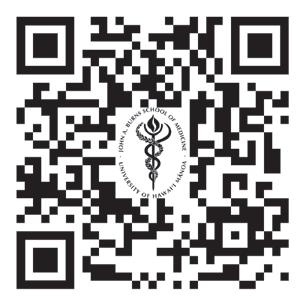
Hoping to offset student loans, the Freeman Foundation partnered with the JABSOM Development team in 2019 to create a special program that rewards JABSOM graduates with funds in exchange for their commitment to practicing in Hawai‘i for two years following residency training. Such innovative approaches to retaining JABSOM graduates to serve in Hawai‘i will only help to chip away at the increasing physician shortage within the state.
Dr. Arcelita Imasa (JABSOM MD 2019) is a recipient of the 2021 Freeman Scholars: JABSOM Resident Loan Repayment Program. Imasa, a recent UH Family Medicine Residency Program alumnus, now practices on the island of Lāna‘i to serve a large working class population.
Imasa grew up on a farm in the Philippines before immigrating with her family to Hilo, Hawaii in 2007. Faced with a massive travel debt, she took on multiple part-time jobs to support herself through college. Her hard work and perseverance
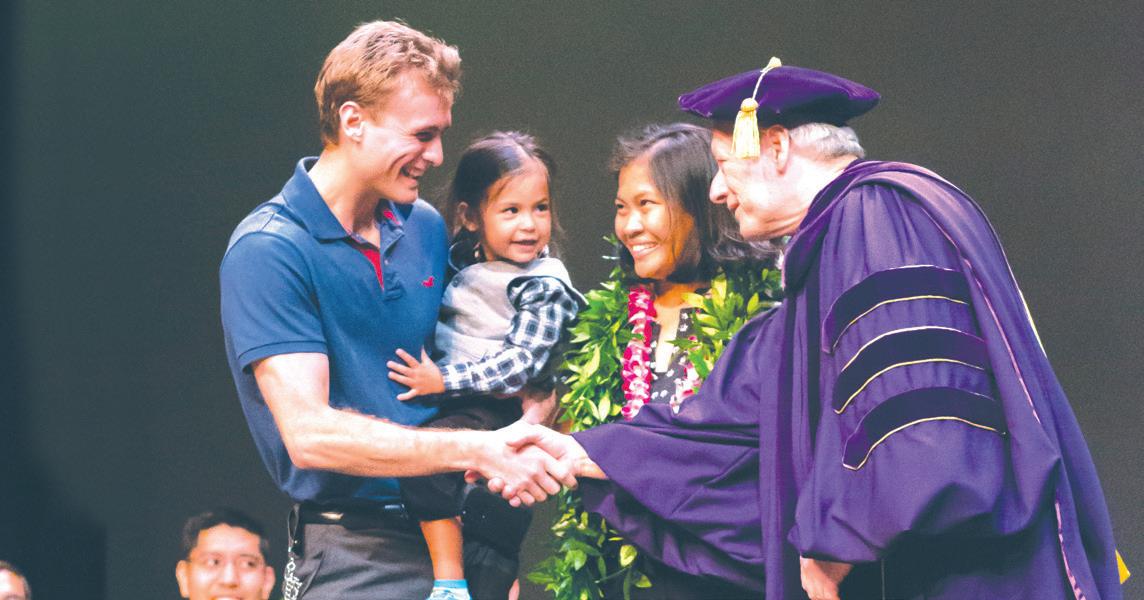
was not without reward. After successfully completing the UH ‘Imi Ho‘ōla Post-Baccalaureate Program, she matriculated into JABSOM. Throughout her medical school career, Imasa found herself passionate in working towards social justice and advocacy for health care for all.
In a special JABSOM video, Imasa spoke in her native tongue of Tagalog, thanking Graeme Freeman of the Freeman Foundation, along with all those who continue to give to JABSOM:
“Thank you so much for this huge help that you gave not only to me, but to everyone who has been a recipient of your kindness and goodness. It means so much to me and to all of us. I don’t know if I could ever repay you for what you’ve done. But I promise you that one day, I hope to get close to where you are now, in helping others. And make a difference in other people’s lives, the way you’ve done for me,” Imasa said.
Alums, this is probably not the student lounge you remember. The third floor lounge that opened in 2006, got a fresh 2022 makeover thanks to The Pacific Medical Administrative Group (PMAG) Hawaii. Inspired by art donated by the MD Class of 2017, interior designer and founder of Loulu Design Studio, Stephanie Schlink, chose a calming shade of light blue to coat the walls, while various shades of darker blue were chosen to tile the floors. The lounge has a new TV, new couch, gaming systems and an air hockey table. “The biggest thing for us [medical students] is community, and the lounge facilitates community,” second-year medical student Jeffrey Hayashi said. “The new renovations are going to help out in a big way because the orientation allows for more inter- and intra-class mixing. I think that’s going to make this year extra special.” Check out the new lounge during your next visit to campus!
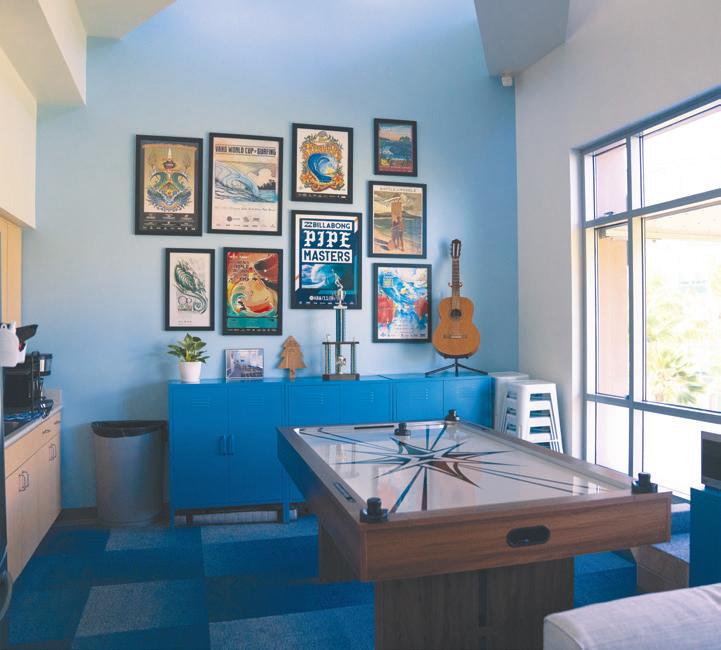
Through an anonymous and generous donation in the name of the late Erida Reichert Klemmer, MD, “The Erida” is the newest outreach vehicle for Hawai‘i Houseless Outreach and Medical Education (H.O.M.E.) Project at the UH medical school. The H.O.M.E. Project, a mobile student-run clinic at JABSOM, uses the new van to expand its free medical services to more areas around O‘ahu.

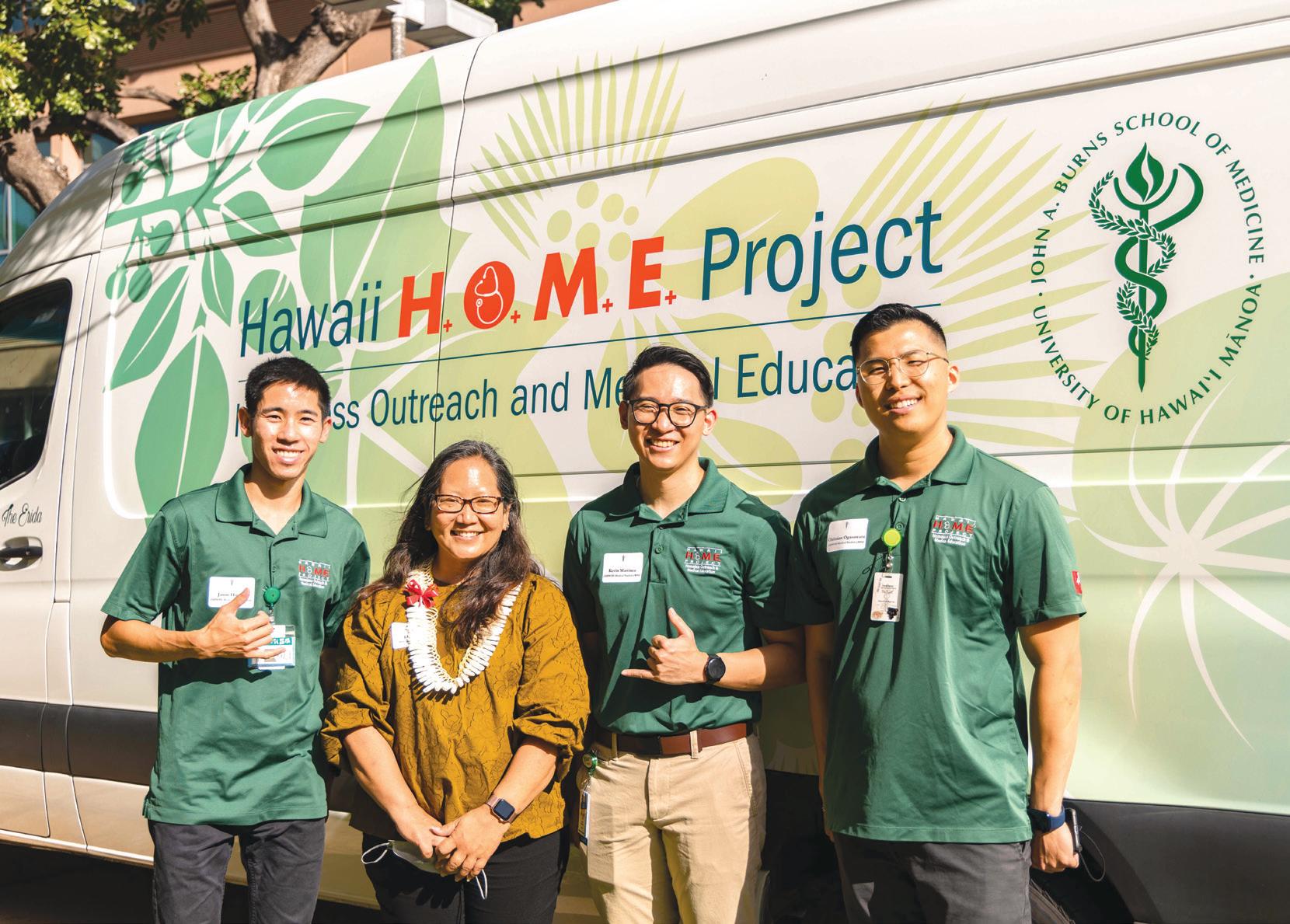
“Having the smaller van allows us to go to places that were difficult to reach with
the larger RV and it is also much easier to drive which makes finding volunteer drivers much easier,” said Jill Omori, MD, director of the Hawai‘i H.O.M.E. Project. “Our van is critical for the functioning of our clinic and we can’t provide our mobile services without it. All of our operational costs are usually paid for via grants and grassroots fundraising, so unexpected expenses are extremely hard on us.”
Previously the mobile clinic used a large RV to provide medical services at 10 sites
across the island but the vehicle was 15 years old, challenging to drive, and was targeted twice last year, first being vandalized and then having its catalytic converter stolen. Such events hindered the medical students from being able to serve the island’s underserved communities. Through their outreach, JABSOM’s medical students have been instrumental in COVID-19 testing and inoculation, as well as providing basic care to those in need of psychiatric, OB/GYN, pediatric, and family medicine assistance.
DID YOU KNOW? More JABSOM medical graduates plan to care for the underserved than graduates at 86% of other medical schools. Source: AAMC 2022
of our clinic and we can’t provide our mobile services without it.
Other than taking some work-related trips during her time as a doctor, Bernyce Peplowski had no direct connection to Hawai‘i. However, she knew there was something special about our islands. On one of those work trips, she looked out the window as the plane flew over Ala Moana and said to her mother, “You know, that’s home down there. I just know that’s home.” Hawai‘i has now been home for nearly 20 years, a special connection leading Bernyce to leave a gift in her estate to the University of Hawai‘i, most of which will go toward student loan repayment for future physicians at JABSOM. Recipients will be students from underserved areas of Hawai‘i who commit to practicing medicine in such areas in their island home.“How many wonderful doctors don’t become doctors because they don’t have the support structure I had?” she asks. “How many of them feel as I did? I loved medical school, but often felt like I didn’t fit in. I couldn’t do things other medical students
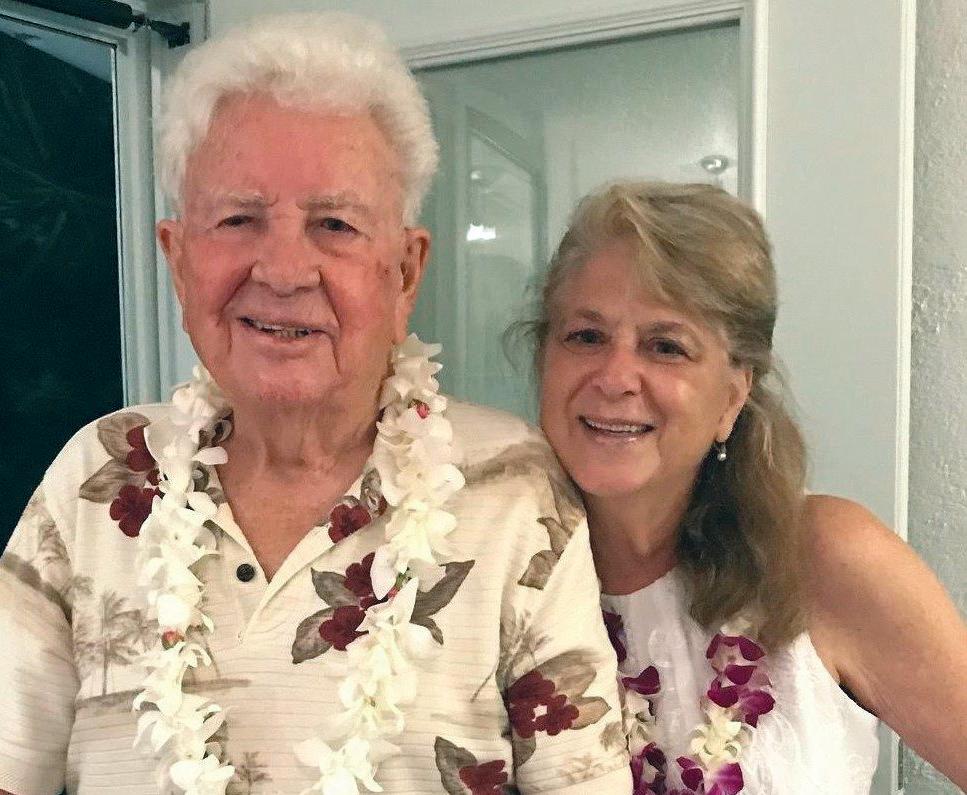
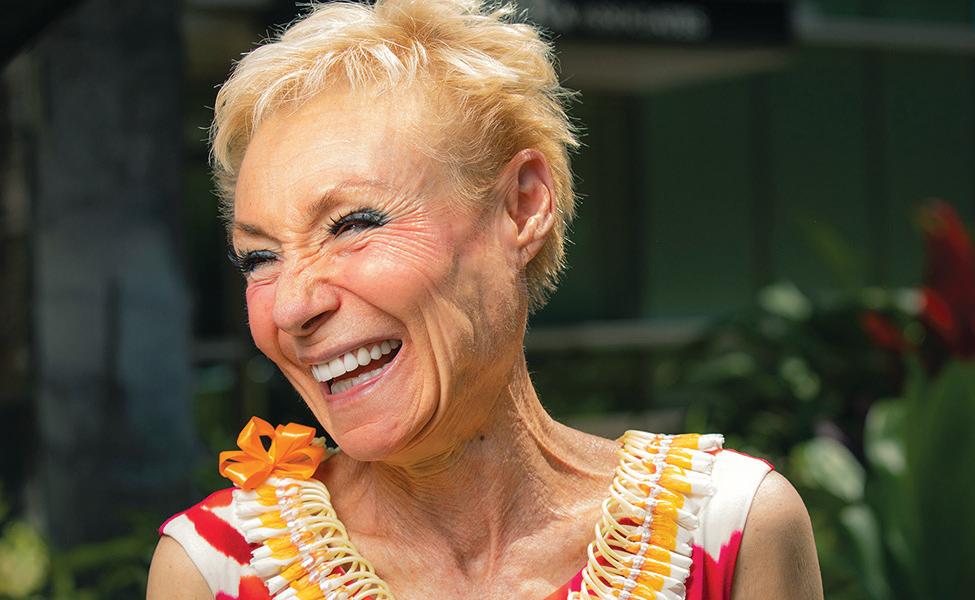
did because I had to work. Loans often take 20 years to pay off, but maybe we can reduce the stressors and have them paid off much sooner.”
will help students share their research.
Research is part of Wallace and Taylor’s DNA. Before Wallace became an adjunct professor at JABSOM, he researched tropical diseases, including rat lungworm disease and toxoplasmosis.
Taylor spent a portion of her career in Africa researching malaria while on the faculty at Georgetown University and in the T3MP department at JABSOM. Through their years of research, they realized how critical it is for scientists to engage in data sharing and peer review.
Because our students are thousands of miles from many of the premier conferences, the Wallace-Taylor Endowment will help with travel expenses, registration fees, and oral and poster presentations. The Wallace-Taylor Endowment also covers the expense for publication of peer-reviewed journals, which can range in the thousands of dollars.
If you scour medical journals and attend tropical medicine conferences, expect to see JABSOM’s Department of Tropical Medicine, Medical Microbiology and Pharmacology (T3MP) represented. That’s because Drs. Gordon Wallace and Diane Wallace Taylor created the Wallace-Taylor Endowment, which
“Scientists, including graduate students, design and conduct experiments to answer important questions in biomedical research…If they don’t communicate the results with others, the new information is lost,” said Wallace. “The best way to share new results and discoveries is to publish the results in peer-reviewed journals.”
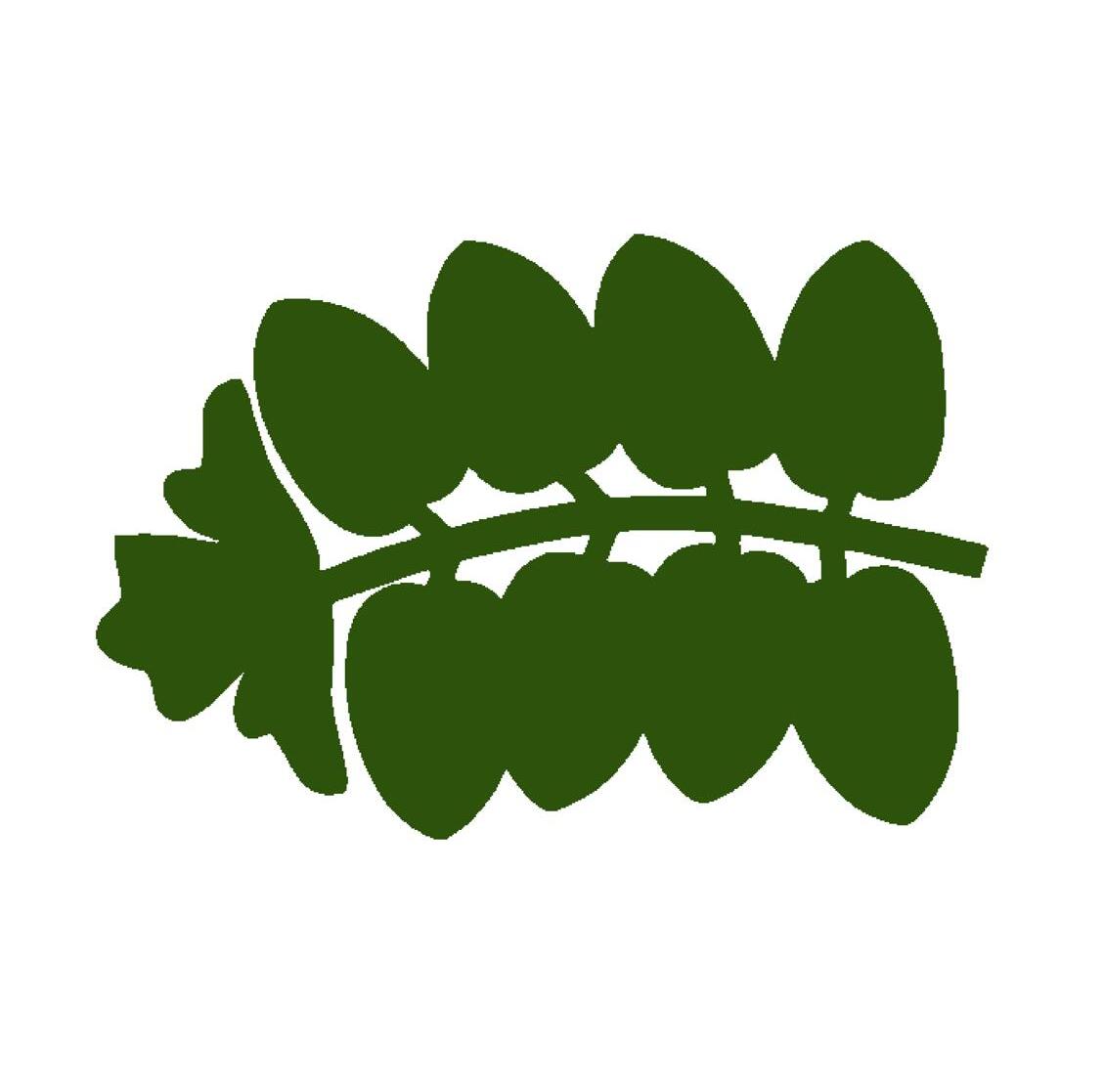
Since 2018, as part of JABSOM’s Lāna‘i Medical Student Education Program, students have provided care for some of the 3,100 residents on the island. The rural health program brought 12 students to spend three days on Lāna‘i.
A recent gift from Pūlama Lāna‘i will now allow second-year medical students to participate in the Lāna‘i program for two full months, giving them valuable first-hand experience serving in a rural community while giving more residents the opportunity to seek treatment.
While there, students will organize and participate in a community health fair, present various health topics to students at Lāna‘i Elementary and High School, participate in mentoring activities with health pathway students and gain valuable clinical experience working with Lāna‘i Kina‘ole Home Health Services, the Straub Medical Center’s Lāna‘i Clinic, and at the Lāna‘i Community Hospital Emergency Room.
The medical students who train on Lāna‘i are also key to inspiring and motivating local students on the island to consider a career in medicine.
“Taking care of your neighbors, providing longitudinal care, and helping the elderly age in place are my passions, and I think Lāna‘i would be the perfect place to accomplish those goals,” says one second-year JABSOM student. “I would not have been able to realize this without the opportunity to live and study on Lāna‘i, thanks to JABSOM and Pūlama Lāna‘i.”
The Hawai‘i Rural Health Program has been effective at attracting young physicians to a career in rural health, with 21% of graduates practicing in rural communities, compared to 11% of total JABSOM graduates.

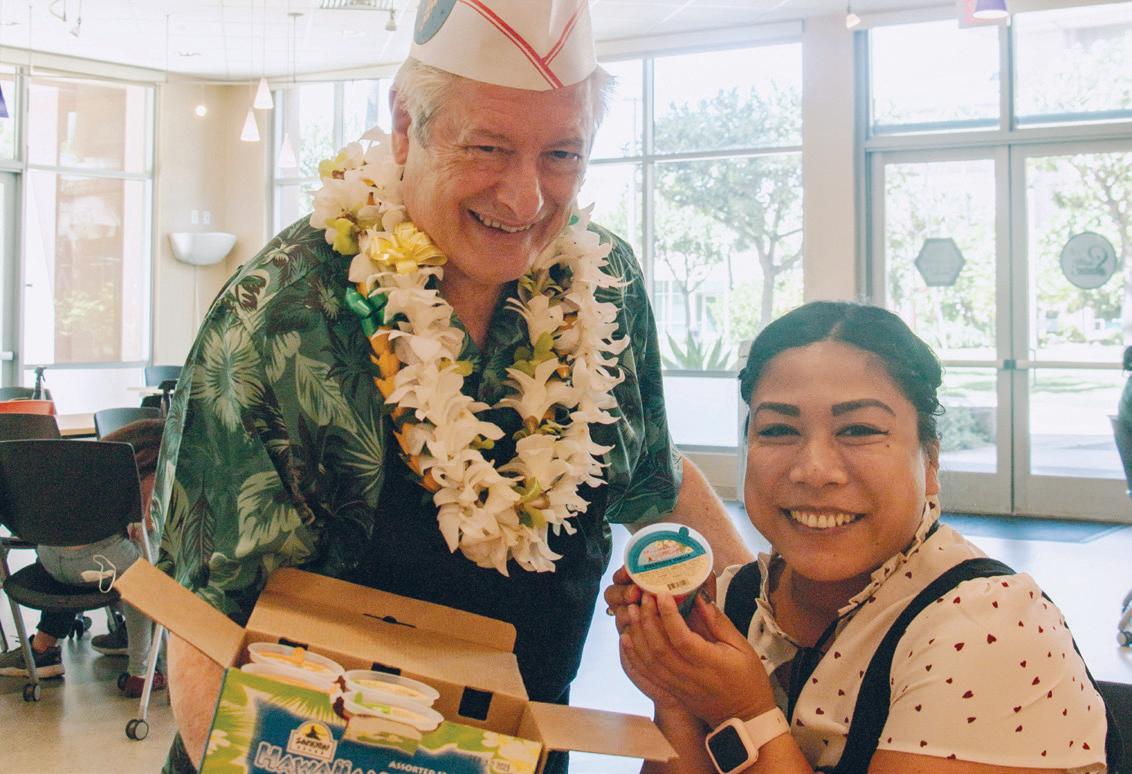
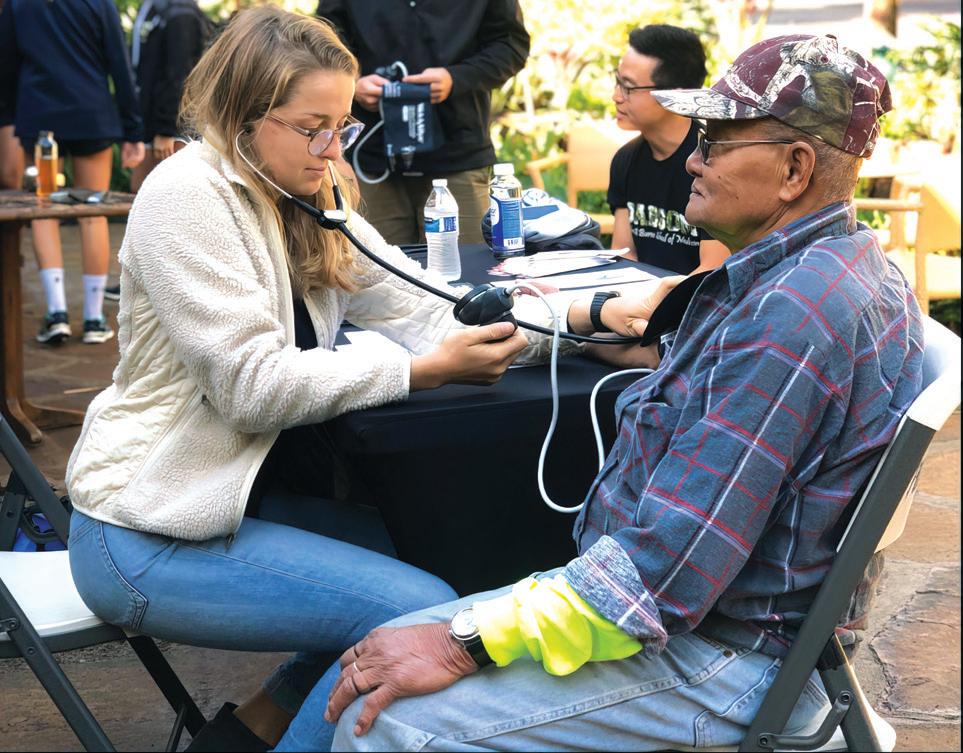
“As members of the Lāna‘i community, we recognize the critical role community health plays in nurturing and protecting the health of our people,” said Kurt Matsumoto of Pūlama Lāna‘i. “Investing in a pipeline of future doctors to care for our island community supports our mission of improving healthcare access and building a sustainable future for all Lāna‘i residents.”
After taking over as the Dean at JABSOM 15 years ago, Dean Jerris Hedges launched an Internal Giving Campaign (IGC) for faculty & staff. The annual fall campaign has raised close to $7 million to be invested into the projects and programs at the medical school. Faculty and staff make contributions to the areas of the school that mean the most to them, supporting over 100 different funds within the medical school. In addition, their donations annually receive tens of thousands of dollars in matching gifts put up personally by Dean Hedges and his executive leadership team, including longtime IGC Co-Chair Dr. Larry Burgess, who has been heading the campaign for the last ten years.
Medicine, her health services research contributions ensured medication access for 1 in 4 Americans unable to afford their prescriptions. The NAM also recognizes that Tseng’s work on Medicare Part D drug benefits helped to protect 48 million patients from losing coverage mid-year.
Days before her formal induction to the National Academy of Medicine (NAM) in October 2022, Dr. Chien-Wen Tseng reflects back on her career.
“I started as an electrical engineer. I was one of those people who, during the AIDS crisis, understood that things weren’t just about numbers. It was about people, so I went into medicine,” she said.
Tseng’s decision to pivot from developing high-definition televisions to family medicine proved to be a decision that would eventually positively impact tens of millions of Americans.
“When I was an engineer at Stanford, it was evident that the things I was working on were intellectually, academically, and scientifically challenging, but it was also clear that my heart was drawn to people and the problems people faced in real life,” she said.
That urge to serve has been the driving theme
throughout Tseng’s life and career.
“People go into medicine because they realize the difference they can make,” Tseng said. “It’s easy for me to remember the first day I sat in front of somebody who came in as a patient and said, ‘this is what’s going on in my life.’ I was in the position of taking everything I studied and answering the question, ‘what can I do to make a difference for the person in front of me?’”
When she was nominated to serve on the United States Preventive Services Task Force (USPSTF) in 2016, Tseng’s ability to make a positive difference multiplied exponentially.
“The chance to serve on the US Preventive Services Task Force, to really work on America’s national guidelines for preventive care, is one of those once-in-a-lifetime opportunities to serve,” she said. Tseng was the first physician from Hawai‘i on the Task Force.
According to the National Academy of
“For me, it was really about people not being able to afford their medications or not being able to afford health care,” Tseng said. “We knew what was right. We knew the care people needed; it just came down to a dollar sign, and that wasn’t right for me. When any one of us has to say, ‘do I put food on the table or do I get my medications for diabetes or hypertension,’ we all know there’s something wrong with the health system … it’s also our responsibility to make it better.”
Election to the Academy is considered one of the highest honors in health and medicine. She joins Dean Jerris Hedges, MD, as the second active UH Mānoa member of the NAM.
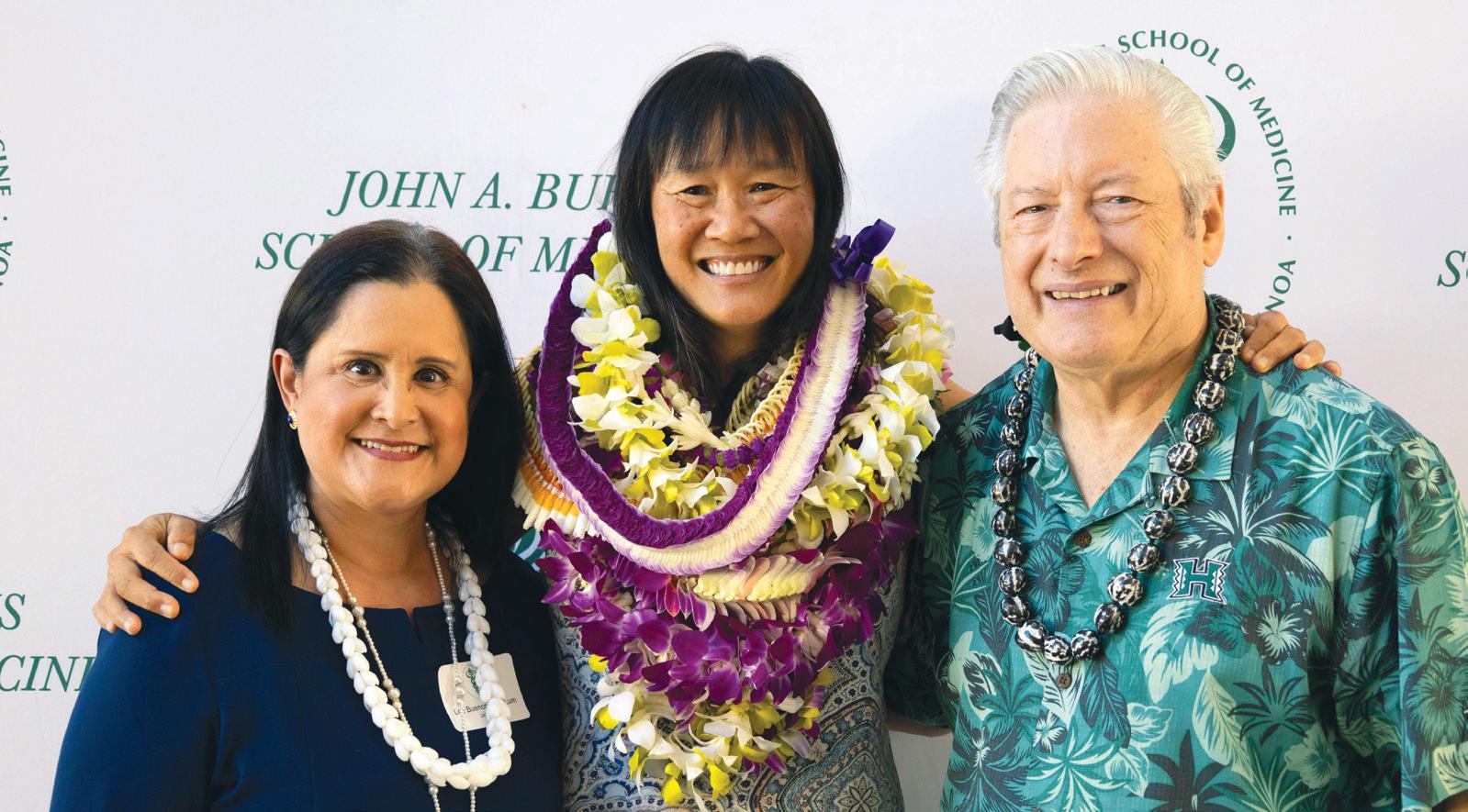
“It’s the equivalent of winning an Academy Award or Nobel Prize for a clinical researcher,” Hedges said. “It’s tremendous recognition for the quality of faculty we have here at the John A. Burns School of Medicine.”
Scan to watch our video
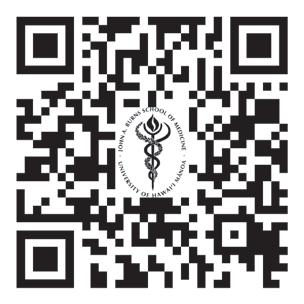
Lauded a “superstar” by her mentor, Associate Professor Dr. Ben Fogelgren, Geetika Patwardhan has been recognized as one of the top students in the nation. The Spring 2022 graduate in molecular cell biology from UH Mānoa has been named one of four 2022 Portz Scholars by the National Collegiate Honors Council (NCHC). Over the past seven years, she became the fifth UH Mānoa Honors student to earn this prestigious recognition. Her research at JABSOM focused on identifying new molecular mechanisms in neurons that regulate the production of a peptide that accumulates as plaques in the brains of Alzheimer’s disease patients. Patwardhan is currently a post-baccalaureate research fellow at the National Institutes of Health campus in Bethesda, Maryland in its two-year Intramural Research Training Award Program. As an undergraduate, Patwardhan also volunteered with the Hawai‘i H.O.M.E. Project and hopes to earn both her MD and PhD and become a physician-scientist in Hawai‘i.
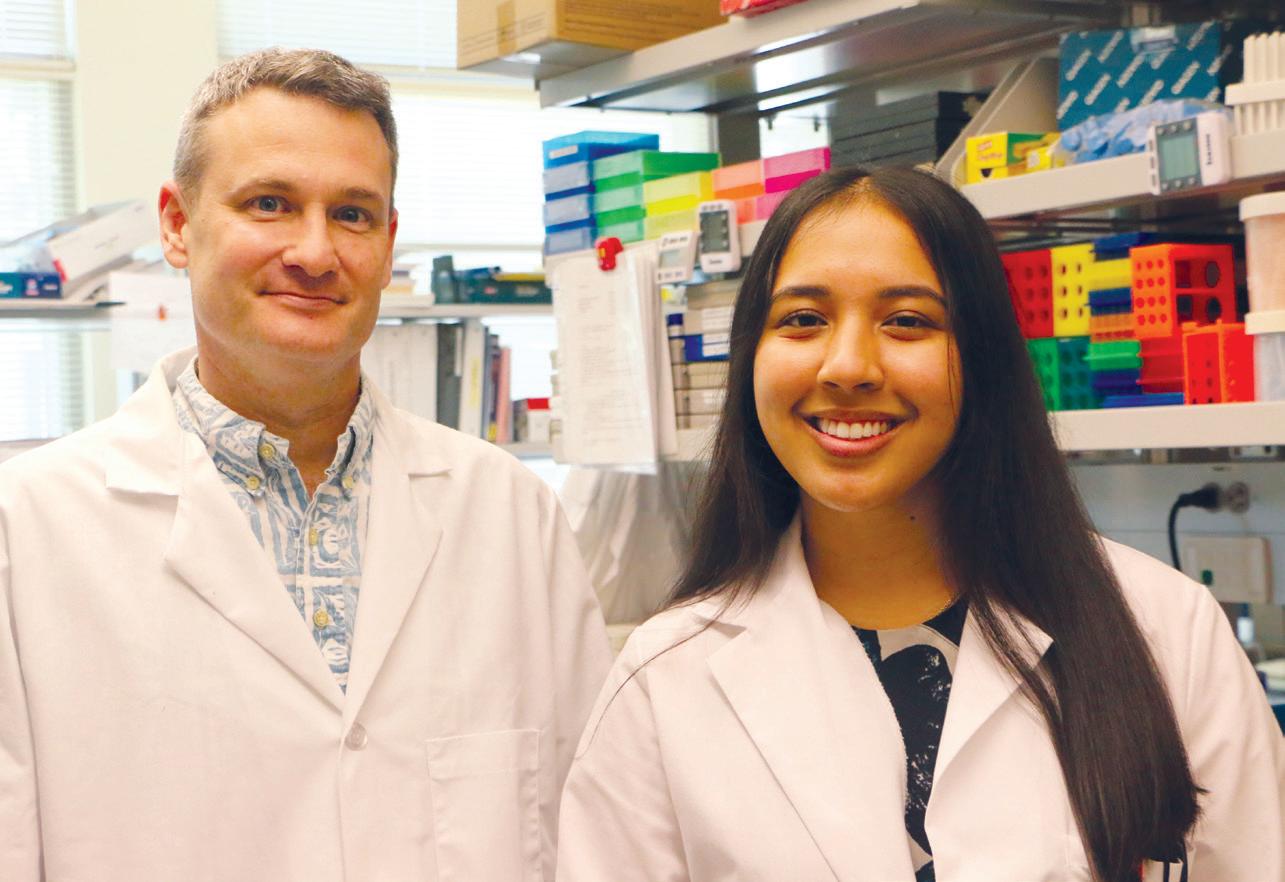

Aquiet and dedicated staff member was selected as the best in her field across medical schools nationwide, winning the Association of Professors of Gynecology and Obstetrics’ Donna Wachter Clerkship Coordinator Award. Having been with JABSOM for 28 years and since joining the Department of Obstetrics and Gynecology as Medical Student Coordinator in 1999, Lisa Kellett has been instrumental in maintaining the high caliber of JABSOM’s OB/GYN clerkship. Dr. Ivica Zalud, professor and department chair, calls Kellett the “heart and soul” of the department.
“She is thoughtful, responsive, ethical and consistently addresses learning needs. Mrs. Kellett’s passion for education in women’s health is clearly evident in her interactions with both medical students and faculty,” said Zalud.

Uponentering the JABSOM Medical Library, visitors are greeted by Melissa Kahili-Heede, who assists students with their research needs. Kahili-Heede was selected to the exclusive National Library of Medicine (NLM) and Association of Academic Health Sciences Libraries (AAHSL) Leadership Fellowship.
“Learning about the intersection between librarianship and medicine, I definitely feel like our skills are needed at the School of Medicine. That’s what makes me feel passionate about it,” she said.
Kahili-Heede’s fellowship entails of various leadership skill building activities and receiving mentorship from the director of Penn State’s medical library, which she said will help her grow into her leadership abilities. The year-long program will end with a capstone in Washington D.C. next fall. Upon completion, she plans to return to JABSOM with hopes to make the library more accessible and relevant to patrons.
Thelate Governor John A. Burns, the UH medical school’s namesake, was vital in establishing the UH medical school to provide educational opportunities previously unavailable to Hawai‘i and Pacific Island residents. Forty-seven years after his death, JABSOM remains one of the top-ranked medical schools in the U.S. and many graduates carry on his vision. A prime example of what Gov. Burns imagined for the school and for the state, Dr. Naleen Naupaka Andrade was one of three people honored with the ‘Ō‘ō Award in 2022. Presented by the Native Hawaiian Chamber of Commerce, the ‘Ō‘ō Award has become one of the most coveted awards specifically for Native Hawaiians and has become a symbol of inspiration for young Native Hawaiians.
Andrade completed the ‘Imi Ho‘ōla Program and graduated from JABSOM in 1982. She started her career in 1986 after completing her residency training here at home. She’s been at JABSOM since, working on advancing education among indigenous peoples. She held various roles in the psychiatry department including professor, researcher and department chair. In addition, she held leadership roles at the medical school and served as the Chair of the Queen’s Medical Center Board of Trustees. Now a tenured professor of psychiatry and the director of the National Center on Indigenous Hawaiian Behavioral Health, Andrade is on leave so she could become the Executive Vice President of Native Hawaiian Health, Diversity, Equity, Inclusion, and Social Justice and
Source: AAMC 2022
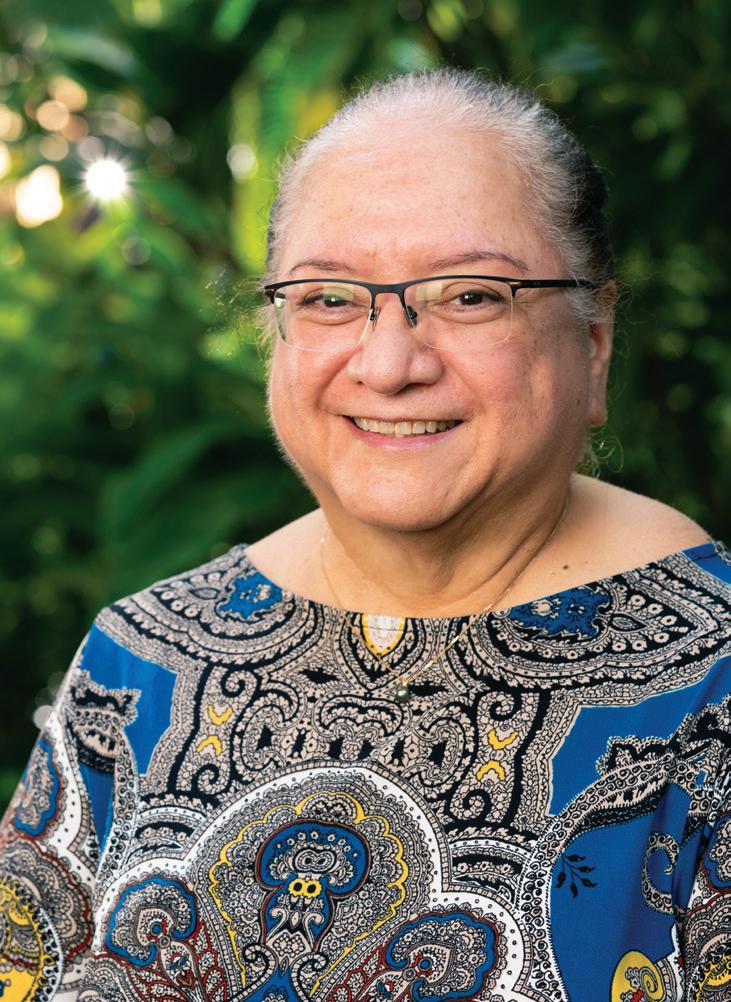
DID YOU KNOW? JABSOM has a larger proportion of women faculty than 93% of other medical schools.DR. NALEEN ANDRADE Caregiver Wellness at the Queen’s Health System of Hawai‘i.

On the Association of Fundraising Professionals (AFP) Hawai‘i National Philanthropy Day in November, Dr. Kosasa was celebrated for making Hawai‘i a better place. Dr. Kosasa shared that his giving spirit can be traced back to his grandmother who sold her wedding ring to build the first Kaimuki YMCA.
“What is given to you, you should give back. I think that’s the most important thing—to give back,” he said. “I had a wonderful opportunity in education, and I’d like to give that back to our medical school and our students.”
Dr. Thomas Kosasa is a name familiar throughout the halls of JABSOM. The professor emeritus and past chief of reproductive endocrinology at JABSOM has contributed millions of dollars to supporting the medical school’s mission. Dr. Kosasa and his family’s contributions helped the school invest in clinical training, research, and faculty development.
Another longtime supporter, HMSA, was also recognized on AFP Hawai‘i National Philanthropy Day in the corporation of the year category. The Association recently gave a $5 million gift to JABSOM to establish the “HMSA Learning Innovations Endowment” to support innovative medical education. The gift comes at a critical time as the state continues to face a shortage of physicians. Dean Hedges said, “The solution to the provider shortage is not to simply train more physicians but to train physicians differently and to help them adopt a new skill set better suited for the future of practice in Hawai‘i. Innovation in curriculum and medical training is essential for staying on the cutting edge of our community’s efforts to attain lasting optimal health for all. We are immensely grateful to HMSA for their generous investment in our collective future.”
F or the third time in six years, the U.S. News & World Report has ranked the UH medical school at 24 out of 124 ranked schools in “Primary Care” as part of its listing for “Best Medical Schools” in the nation. This strong showing highlights how JABSOM graduates overwhelmingly choose to train in specialties that provide first contact for
the majority of patients, including those with significant shortages like internal medicine, family medicine, emergency medicine, pediatrics and obstetricsgynecology. In Research, JABSOM is ranked 74th along with much larger schools: Rutgers New Jersey Medical School, University at Buffalo-SUNY, University of Arizona–Tucson, and the
University of Oklahoma. During the federal fiscal year 2021, UH Mānoa reported that it brought in more than $49.6M in research funding from the National Institutes of Health (NIH). Sixty-eight of the 82 NIH grants awarded went to UH Mānoa biomedical research projects and the two top-funded projects came out of JABSOM.
Tyler Thorne grew up on Hamakua, Hawai‘i Island, where picking tomatoes, branding cattle, and seeing the lush Kohala mountains were part of daily life in a rural town. Unfortunately, so were severe disparities in healthcare. He chose to attend JABSOM to use his medical education to help him serve and promote change in rural healthcare among communities like the one where he grew up. Pursuing a certificate of distinction in rural health at JABSOM, the MD 2023 candidate has engaged in activism for bills impacting rural healthcare and has spent a significant amount of his medical school training in rural island settings and in Federally Qualified Health Centers.
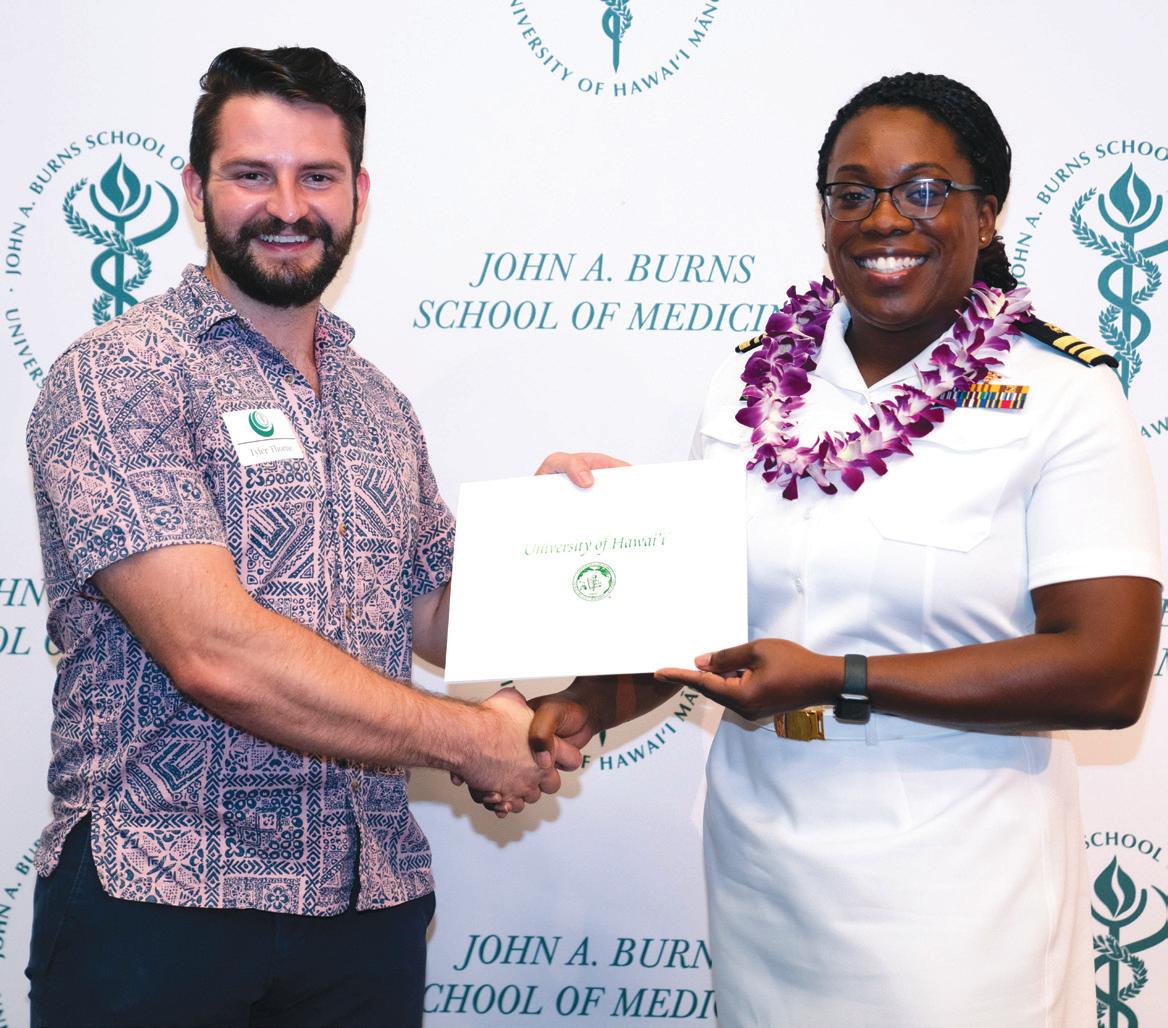
In addition, he spent a month in the Republic of Palau working closely with its ministry of health and public health department to investigate the use of telemedicine; has been an active member of JABSOM’s rural health interest group and co-authored a journal article and book chapter on the shortcomings of medical education in presenting racially diverse dermatological pathologies in textbooks. These efforts were recognized by the U.S. Public Health Service, naming Thorne the recipient of its 2022 Excellence in Public Health Award. He joins an exclusive list of only five JABSOM students to have received this award.
Professor Shilpa J. Patel, MD, FAAP, joined North America’s first and most prestigious academic pediatric organization, the American Pediatric Society (APS) in December 2021. APS members are recognized child health leaders of extraordinary achievement who work together to shape the future of academic pediatrics. She serves in multiple leadership roles, such as Attending Pediatric Hospitalist at Kapi‘olani Medical Center for Women & Children and Chief Quality Officer for Hawai‘i Pacific Health. Most notably, she teaches medical students and
residents about high-reliability concepts and effective communication during transitions of care and during familycentered rounds, where the patient and family are at the bedside with the medical team to co-create the patient’s care plan.
“Those most knowledgeable of the true value of academic accomplishments are one’s peers. Dr. Patel’s election to the APS speaks loudly to the well-deserved recognition of her induction into the APS,” said Dr. Kenneth Nakamura, professor and chair of the Department of Pediatrics.
 SHILPA PATEL
SHILPA PATEL
After 15 years leading the state’s only medical school, JABSOM Dean Jerris R. Hedges, MD, will retire on March 1, 2023. With physician training and retention in Hawai’i as his top priority, Hedges has worked tirelessly with Hawai’i lawmakers and private donors to grow the medical school and provide increased training opportunities, especially on the neighbor islands. He has worked closely with Hawai‘i’s health systems and leaders in nursing, social work, public health, cancer research and pharmacy to help envision a unified and supportive academic and clinical learning environment for all of UH’s health and health sciences.
Under his leadership, JABSOM also contributed significantly to the university’s research success through his leadership on several National Institutes of Health (NIH) research infrastructure grants. The medical school also gained greater national visibility, experiencing a significant rise in the US News & World Report rankings of
the nation’s best medical schools. Hedges was elected the Hawai‘i Medical Association Physician of the Year in 2013. Hedges also served as interim director for the UH Cancer Center from 20142016. Concurrent with his service as dean, he has provided oversight of the University Health Partners of Hawai‘i practice plan as chair of its board of directors.


“It has been an honor to serve the people of Hawai’i,” said Hedges. “Growing the size of the medical school class, leading the school through two successful eight-year Liaison Committee on Medical Education (LCME) accreditation cycles, building stronger relationships with the health systems in Hawai’i through the forging of unique academic affiliation agreements and helping align the UH health professions during economic downturns and a pandemic have been challenging. I am hopeful that the medical
DEAN JERRIS HEDGESschool will continue to provide support and guidance for Hawai’i as we come out of the pandemic.”
Hedges said he also looks forward to continuing to help guide the NIHsponsored Ola HAWAII health disparities grant upon retirement.
JABSOM welcomes new Director of Communications Matthew Campbell. Originally from Kalihi, Campbell graduated from Emerson College with a degree in broadcast journalism and a minor in political science. Campbell brings his extensive knowledge and experience from working in television news to JABSOM. For the past 15 years, he was a news anchor, news reporter and investigative reporter with WGGB in Springfield, Massachusetts and WFSB in Hartford, Connecticut. Campbell is happy to return home to be with family and enthusiastic to lead the JABSOM Media and Communications (JMAC) team. Together, the JMAC team shares the many amazing stories of the medical school ‘ohana in hopes of inspiring new generations of innovative researchers, health care workers and leaders for the state of Hawai‘i.
From growing up in Wahiawa to receiving her MD from and completing her residency at JABSOM, in addition to a multitude of leadership roles, Dr. Lee Buenconsejo-Lum has been named acting dean of the UH medical school, effective January 1, 2023 to February 28, 2023, and as interim dean thereafter until the end of 2023.
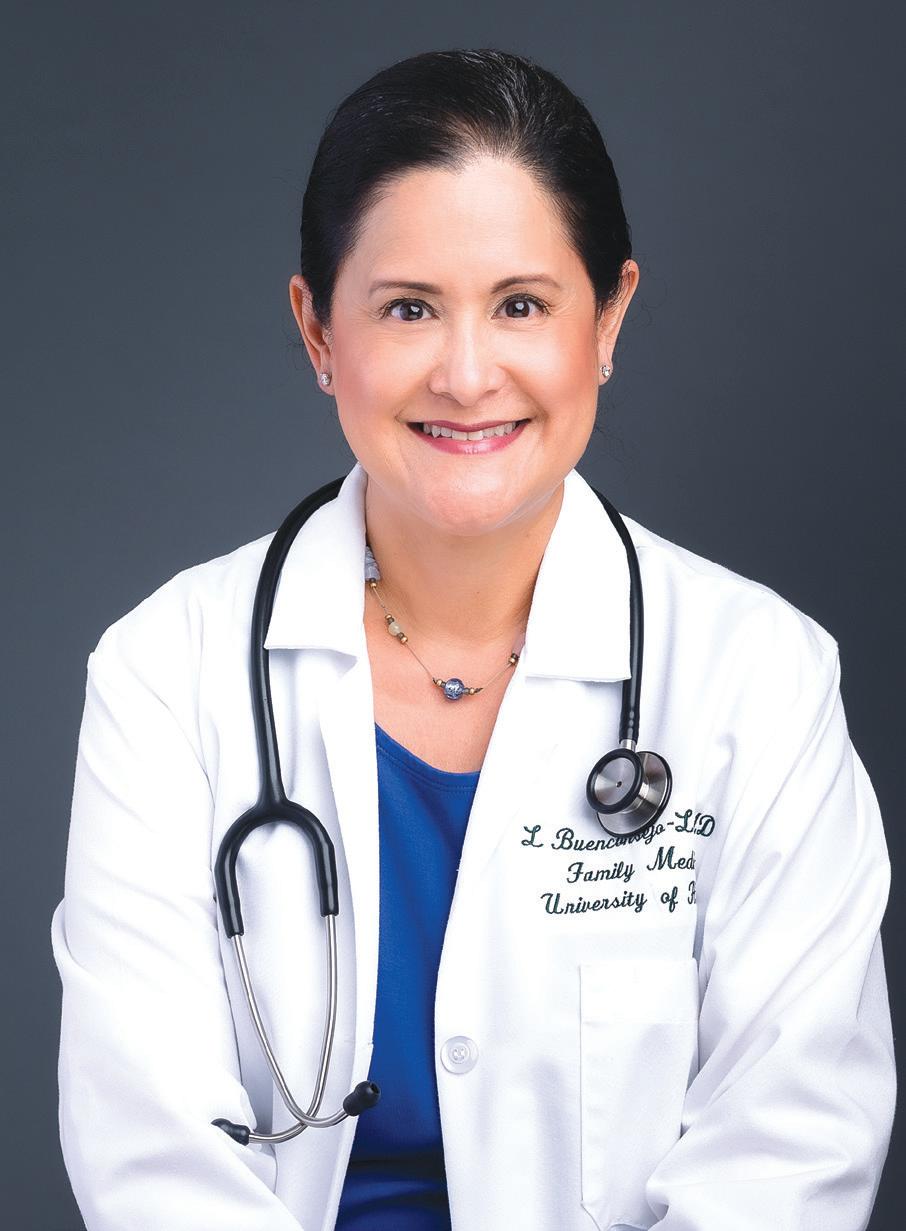
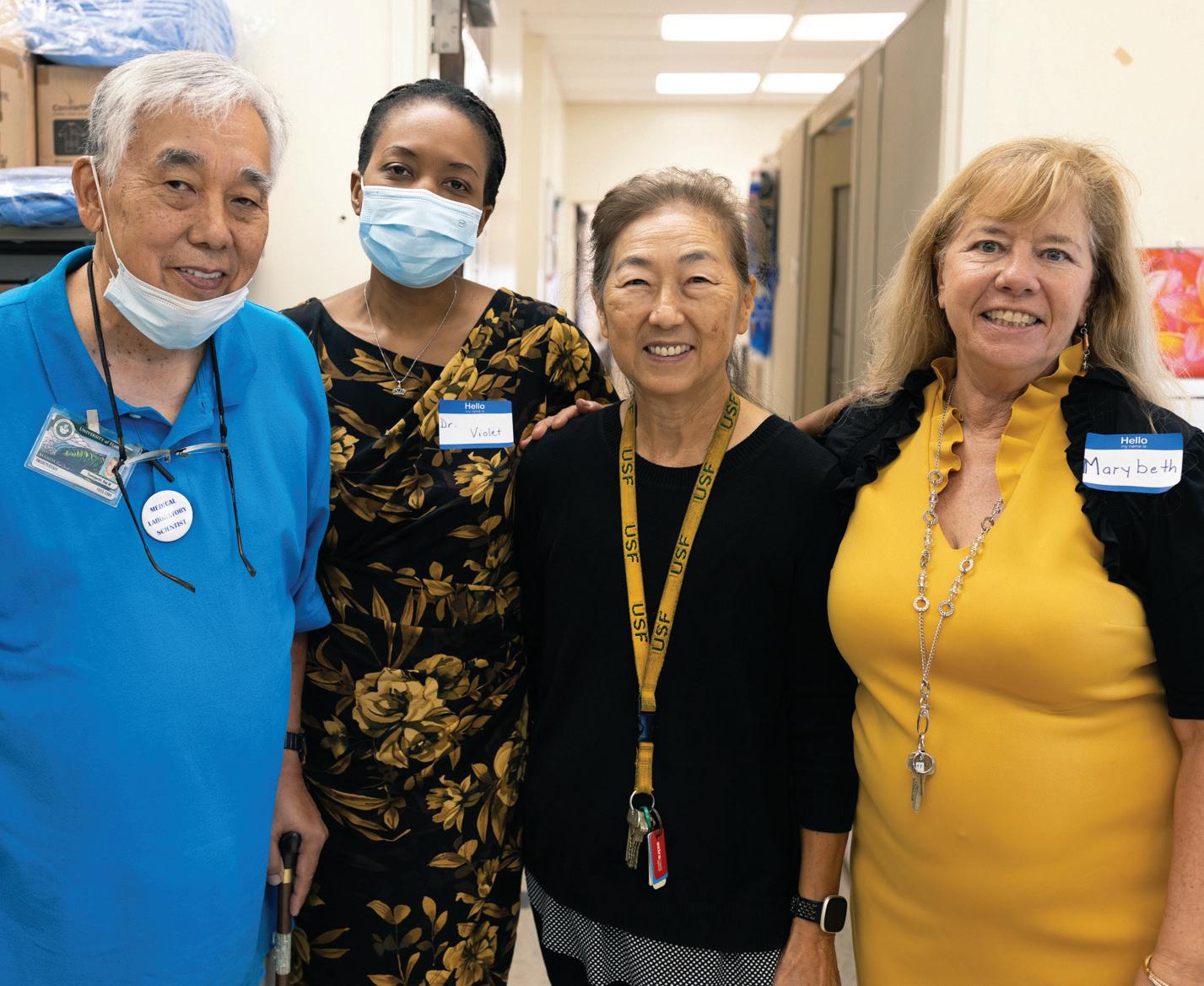
Previously, Buenconsejo-Lum led as JABSOM’s associate dean for academic affairs, designated institutional official, and graduate medical education director. Since joining the university as a clinical teaching assistant in the Department of Family Medicine and Community Health in 1994, Buenconsejo-Lum (JABSOM MD 1994) has been a teacher, leader, care provider and researcher who played an integral role in the medical school’s ascension in the US News and World Report rankings. She has been a member of the dean’s executive management team. She is involved in all major strategic initiatives with UH Mānoa’s partnerships with the state’s health systems, Veterans Affairs and Department of Defense partners.
To further prepare her for this role, Buenconsejo-Lum has been selected for the Association of American Medical College’s Council of Deans Fellowship Program. Out of 28 national applicants, Buenconsejo-Lum was one of six chosen for this highly selective program and is the first in Hawai‘i and, likely, the first Filipino to be picked.
DR. LEE BUENCONSEJO-LUMIn March 2022, the Medical Lab Scientist (MLS) Program gained a new director whose mission is to make the only undergraduate program at JABSOM one that will draw students from all over the world. Dr. Violet Nxedhlana brings a wealth of knowledge, experience and enthusiasm. Her career has taken her to various locations worldwide, including her favorite place, Hawai‘i. One of her new goals for the program is to expand ways to help JABSOM “med tech” graduates in Hawai‘i. She and her colleagues are hoping to develop a new remote curriculum. Nxedhlana was born and raised in Zimbabwe. She went to college in Texas, where she met her husband. Fourteen years ago, they moved to Hawai‘i after falling in love with the islands.
The medical school bid a fond aloha to two of its long-time leaders in the Department of Native Hawaiian Health (DNHH) who retired at the end of December 2021. Dr. Stephen “Kalani” Brady, director of faculty affairs and continuing medical education, and Mele Look, director of community engagement, have dedicated decades of service to JABSOM and the state through their meaningful work to better the health and welfare of the people of Hawai‘i.
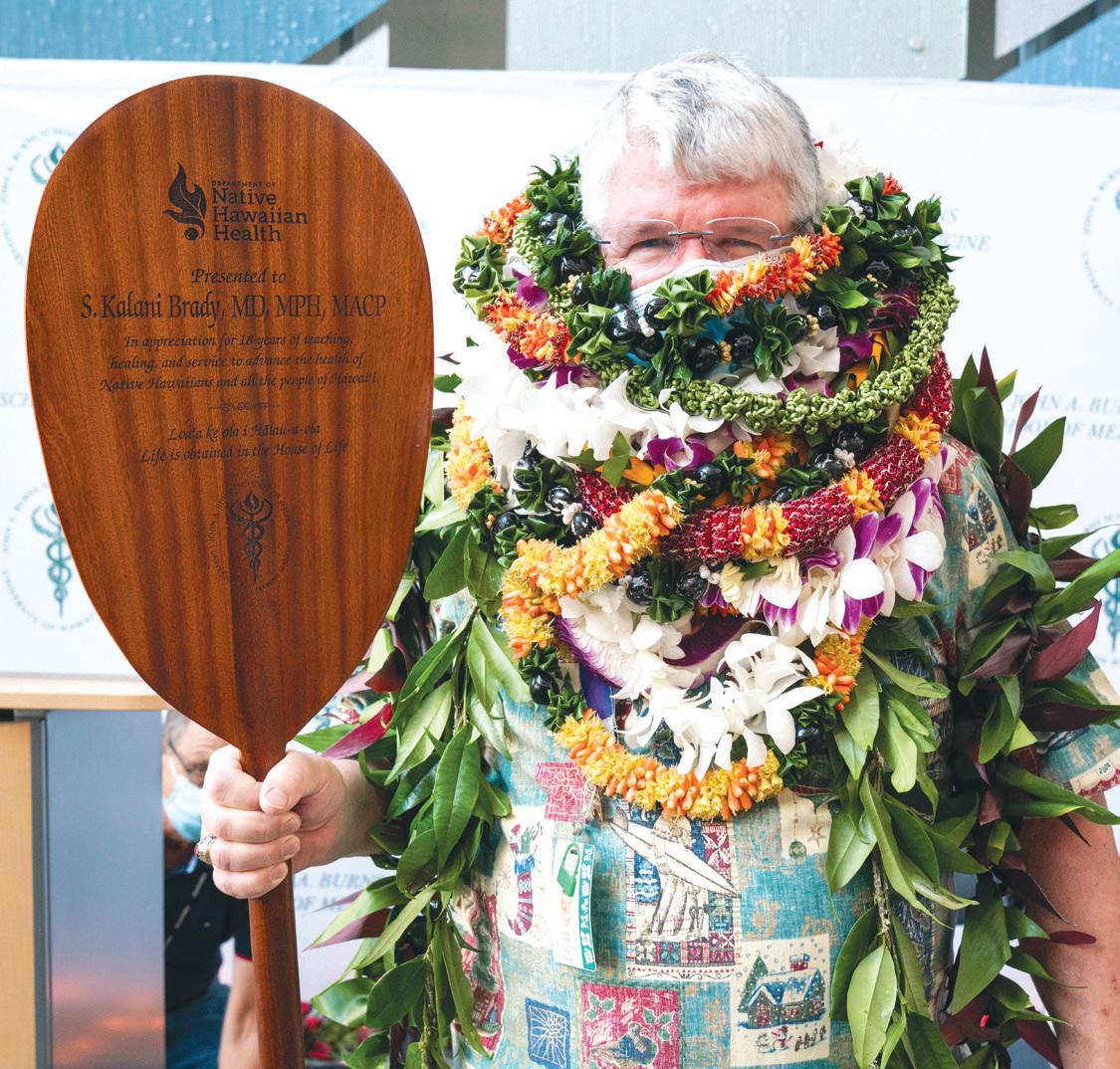
Kalani Brady, trusted physician & professor: Brady, an alumnus of Saint Louis School, Harvard University, UH Mānoa and the University of Pennsylvania, returned to Hawai’i for internal medicine residency training. He began his career at JABSOM in 1986, where he most recently served as director of faculty affairs and continuing medical education and as an associate professor in DNHH. He has been recognized with numerous awards throughout his career, including “Physician of the Year” by multiple organizations.
Brady’s medical background and understanding of the local culture in Hawai‘i opened the door for him as the beloved featured physician on the weekly “Ask A Doctor” segment on the KHON2 morning news for 26 years. He forged a trusted and valued relationship with residents of Kalaupapa who he had
treated for Hansen’s disease beginning in 2003. Only a handful of patients - now in their 90’s - remain at Kalaupapa. Brady still travels to see them every month and continues to advocate for them.
Mele Look, dedicated Native Hawaiian health advocate: For the past 45 years, Look has been committed to improving Native Hawaiian health disparities as a researcher, health program developer and community advocate. She has worked with Hawaiian and other Pacific islander communities to develop, implement and evaluate health education and intervention programs. When Look joined JABSOM, she was only the third employee for DNHH and was essential in building the foundation of the department.
At JABSOM, she established and facilitated a community health coalition, the Ulu Network, which has grown to include 38 organizations, with 80+ sites across Hawai‘i, including all 13 federally qualified health centers and all five federally established Native Hawaiian Healthcare Systems. The ongoing studies with hula as a health intervention have been the culmination of her work in Hawaiian health for more than 40 years. Look has been a cultural practitioner of hula for nearly 50 years, with 20+ years of formal training.
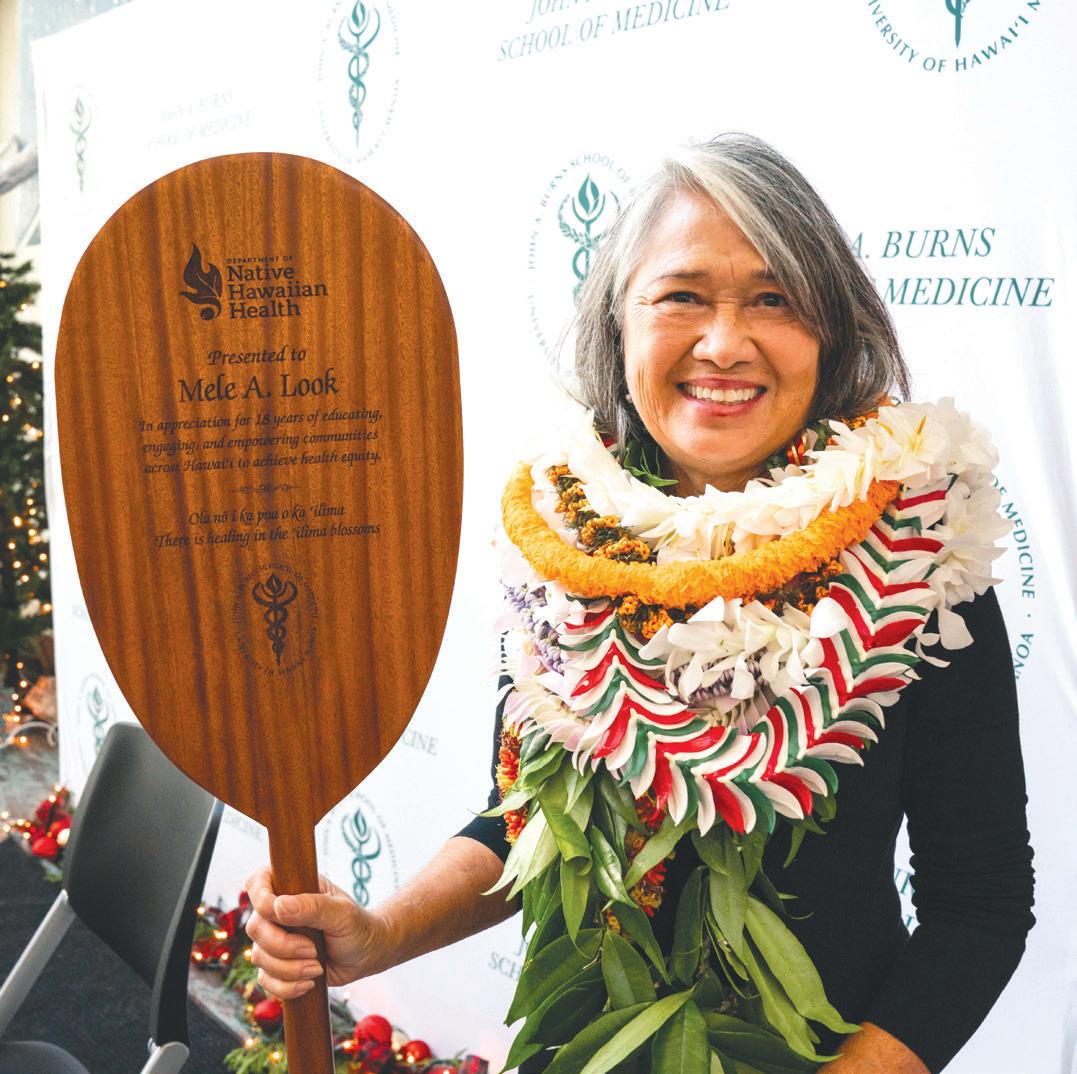
His drive to medicine was developed as a child, when he witnessed the many cultural and language barriers that his elders and other Chinese and Taiwanese immigrants faced in healthcare. Hwang was born in Taiwan and emigrated to Hawai‘i with his family at the age of five.
“What I hope to accomplish is to contribute to solving the shortage of primary care here in Hawai‘i,” said Hwang.
Breakdancing was a creative outlet for him during medical school and he is optimistic it will continue to aid him throughout all areas of his life, including residency.

Previously known by the moniker “B-Boy Yellow Wood” to the local hip-hop community, Dr. Andy Hwang became “B-Boy MD Wood” after graduating from JABSOM in May 2022. The physician, who is in his first year with the Kaiser Permanente Internal Medicine Residency Program, has been breakdancing since his days in high school at Maryknoll School.
“It (breakdancing) taught me that you’re always a student-never the master. You’re always trying to learn to better yourself and not be stagnant,” Hwang said.
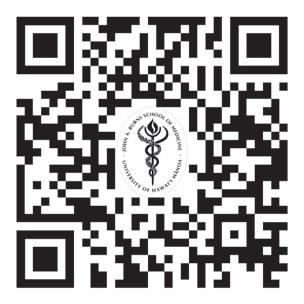
Dr. Thomas Noh’s (JABSOM MD 2012) experience as a competitive video gamer and his fascination with technology led him to incorporate intraoperative augmented and virtual reality to increase surgical accuracy and precision.
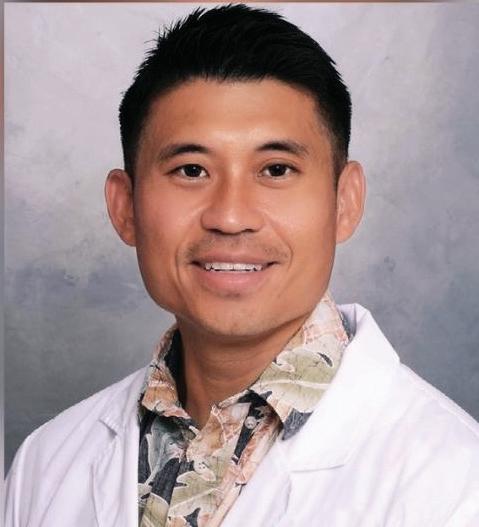
Dr. Noh has teamed up with the JABSOM Department of Anatomy to develop the Surgical Knowledge and Innovations Lab (SKIL), with the goal of helping other surgeons improve their craft and provide a better outcome for all patients. Recently, they incorporated intraoperative augmented and virtual reality to increase surgical accuracy and precision through Microsoft’s Hololens 2.
One of their projects is to refine a free-hand procedure where a life-saving catheter is urgently inserted into the brain. By allowing the surgeon to visualize their target in their operative field holographically, the surgeon can improve target accuracy. This same technology can be applied to other things like tumors, lead placement in specific functional areas of the brain, and spine surgery.
“As a surgeon, I’m constantly thinking about new ways of doing things. Similar to athletics – you constantly want to improve and better yourself, in order to provide better care for your patients,” Noh said. “One of my goals is to bring world-
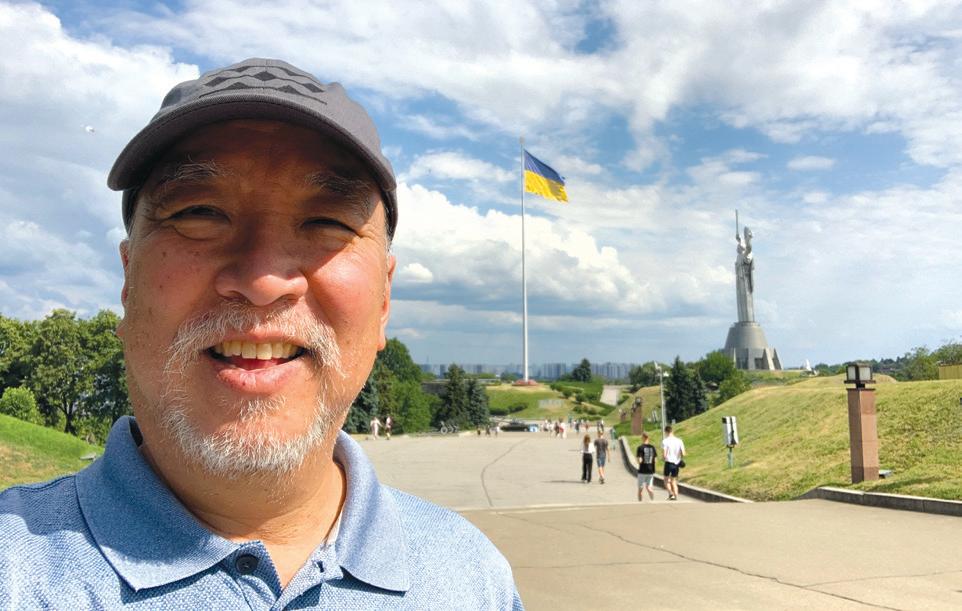
Assistant Professor of Surgery Dr. Andy Oishi (JABSOM MD 1990) is part of the Samaritan’s Purse Disaster Assistance Response Team, which can respond quickly to crises, aiding victims of war, natural disasters, disease, and famine.
This time, Oishi’s latest assignment was providing medical aid to those affected by the war in Ukraine but later shifted to distributing medical supplies in Russian-occupied areas of the country. His major obstacles included long days of travel, recovering from COVID, language barriers, and dodging missiles that hit the warehouse full of medical supplies.
Thankfully, Oishi and his team were left unscathed, and they could complete their mission. Despite the challenges, Oishi and his wife, Dr. Laurie Tam (JABSOM MD 1990), found peace in their faith.
“This is not my first time [going on these missions,] but the peace comes from knowing that someone is in control,” Oishi said. “For us, it’s God. There are things that God calls us to personally build our faith.
When you’re away from home and stressed, you find out God is a great comfort during those times.”
F amily Medicine Physician Dr.
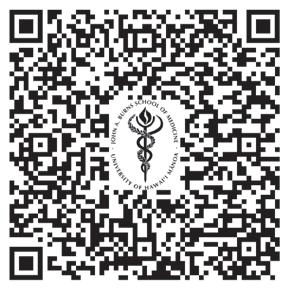
Leimomi Kanagusuku recently joined the UH medical school as a faculty member in the Department of Family Medicine and Community Health after graduating from JABSOM in 2018 and completing her residency at the UH Family Medicine Residency Program in 2021. From her childhood, growing up on a chicken farm in Wai‘anae, to successfully completing the JABSOM ‘Imi Ho‘ōla Post-Baccalaureate Program, a rigorous 12-month medical school “bootcamp” for aspiring physicians from underserved communities, and thus earning admittance into medical school–Kanagusuku has come a long way.
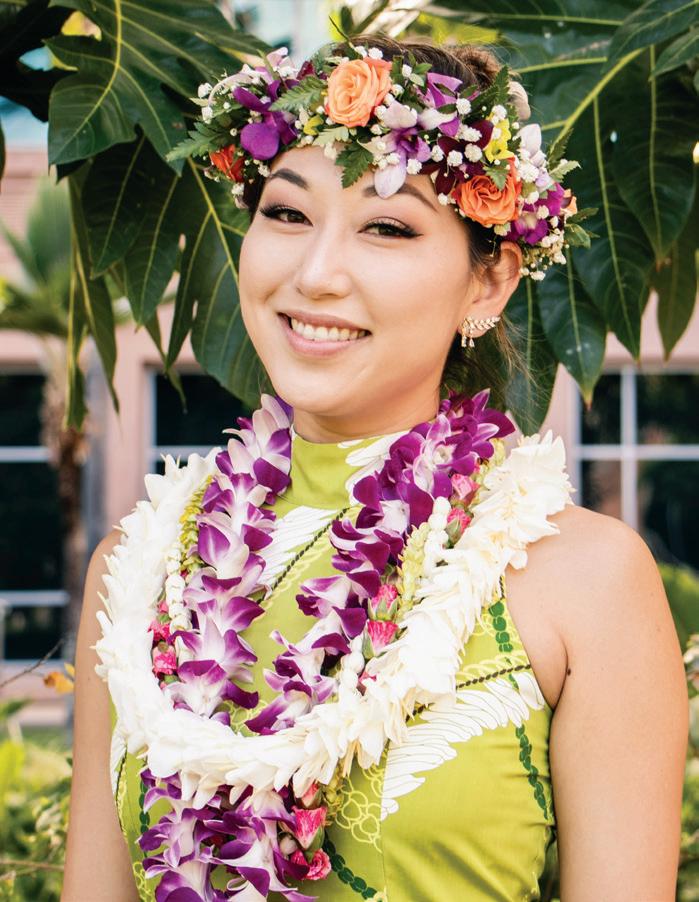
“Staying here in Hawai‘i was the best
decision that I could have made,” said Kanagusuku, who currently practices at the Wai‘anae Comprehensive Health Center, as well as at Pali Momi Medical Center as a faculty member in the residency program.
She credits the invaluable training she received at the UH medical school and its focus on rural health training for preparing her to serve her community.
“I have an overwhelming sense of gratitude for the educational experiences that I’ve had,” Kanagusuku added. “I hope that I can give back to JABSOM and to the UH Family Medicine Residency Program in ways that I felt I was helped. I hope to encourage young doctors and future
doctors to be the best doctors they can be, and I hope the best for the future in Hawai‘i as far as healthcare.”
Two weeks into our mission, our city was hit by Russian cruise missiles.DR. LEIMOMI KANAGUSUKU
Mymother nearly died of urosepsis so I was highly motivated to learn as much as possible about sepsis and septic shock,” said Carmen Campbell, who graduated with her PhD from JABSOM in May 2022. “Specifically, I wanted to understand more about how some individuals overcome sepsis while others do not, as well as to explore the similarities and applications to COVID-19 infection.”
She says her experience at JABSOM has prepared her well for future endeavors, especially during the COVID-19 pandemic.
“There are many parallels between severe sepsis and severe COVID-19. I believe my research experience at JABSOM has opened the door to follow-up research that could shape the way both sepsis and COVID-19 are assessed,” Campbell said. “Furthermore, my results provide a foundation for correlating measured cell responses to different stages of sepsis based on the presence of specific cytokines or cytokine combinations that may be present in the plasma of sepsis patients. This may someday improve diagnosis and provide a more personalized approach to treating sepsis patients and potentially improving outcomes.”
CARMEN CAMPBELL, PHD
Dr. Daniel Sugai (JABSOM MD 2012) has several accolades to his resume: class president, a public school graduate turned MD, and a Harvard-trained dermatologist. He now adds another one: being a social media influencer.
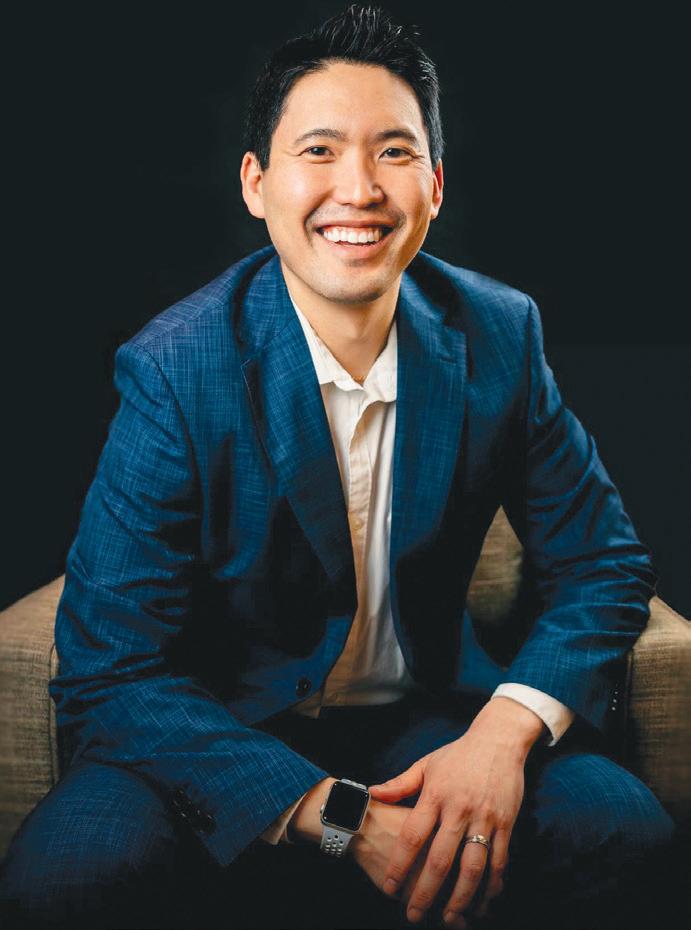
During the first lockdown during the COVID-19 pandemic, Sugai launched an Instagram account and YouTube channel to provide health tips, specifically on skincare. But after a staff member recommended he expand his videos to TikTok, Sugai was soon launched into internet fame.
“I started [TikTok] in mid-June [of 2020], but I only wish I’d started it sooner ‘cause
it’s so much fun,” Sugai said with a laugh. “It was used to relate to the younger generation, but now it’s to drive good information out there that’s credible and backed by science from a dermatologist’s perspective – or just a physician’s in general. It’s been really great.”
Although Sugai continually rises to prominence, he highlights how proud he is to have stemmed from Hawai‘i and JABSOM. He credits his success to good mentors, the rigorous training he received, and the spirit of aloha he fostered throughout his life.
“[Hawai‘i] is where my roots are,” Sugai said, “you always remember where you come from.”
Scan to watch our video


Cass Nakasone (JABSOM MD 1998) hopes to change how the world sees research in Hawai‘i.
Now a renowned orthopedic surgeon, Nakasone has always had a commitment to orthopedic research. With the support of Hawai‘i Pacific Health and the collaboration of Samantha Andrews, PhD, a recent graduate of the UH Mānoa Kinesiology Program, a productive research program was developed.
“I do think Hawai‘i needs to increase its national presence in terms of what we’re doing here… people in the mainland don’t really know that there’s excellent medical care going on in Hawai‘i,” Nakasone noted.

In the last 2-3 years, JABSOM students or UH orthopedic residents have spearheaded more than 50 research projects, most of which credit primary authorship to JABSOM students and residents. While this research mentoring takes significant time and
effort, the process benefits students, mentors and institutions.
“It helps pave the way for the students to see that in Hawai‘i it’s possible for them to have a successful academic and clinical career,” Nakasone said. “It gives the next generation something for which to strive.”
Richard Kasuya President
JABSOM MD 1989
Ryon Nakasone Vice President
JABSOM MD 2006
Christie Izutsu Treasurer
JABSOM MD 2011
Gina Fujikami Secretary
JABSOM MD 2008
Kheng See Ang Emeritus Director
JABSOM MD 1982
Patricia Blanchette Emeritus Director
JABSOM MD 1979
Elizabeth Char Emeritus Director JABSOM MD 1991
William Haning Emeritus Director
JABSOM MD 1975
Geri Young Emeritus Director
JABSOM MD 1978
Janice Matsunaga Emeritus Director JABSOM MD 1980
Ivy Nip-Asano Emeritus Director

JABSOM MD 1994
Sada Okumura Emeritus Director
JABSOM MD 1975
Kenn Saruwatari Emeritus Director
JABSOM MD 1981
Jordan Lee Director
JABSOM MD 2010
Todd Kuwaye Director
JABSOM MD 1997
one boat, carrying nine people, made it to the shore of Kaho‘olawe. These would be known as the “Kaho‘olawe Nine.” Dr. Aluli was one of them. He and another man, Walter Ritte, were the only ones who stayed for two days to survey the island.
Hawai‘i, including the most rural areas. After completing his residency on Moloka‘i, Dr. Aluli later created the Moloka‘i Family Health Center and Clinic. There would be times when he’d be the only physician on the island.
Inlate November of 2022, the JABSOM ‘ohana lost one of the pillars of our school. Dr. Noa Emmett Aluli was one of five Native Hawaiians who were part of the first class of graduates from the fouryear pilot program at the UH medical school.
Dr. Aluli was not just a pioneer for Native Hawaiian and rural health, he shaped the Hawai‘i we live in today. Dr. Aluli may be remembered most for getting the U.S. Navy to cease bombing Kaho‘olawe. In December 1975, Aluli worked with the ALOHA Organization, Aboriginal Lands of Hawaiian Ancestry, and decided to occupy Kaho‘olawe.
On January 3, 1976, about 100 people from all over the Hawaiian Islands planned to descend on Kaho‘olawe. After being thwarted by the Coast Guard, only
In a recent interview with Hawai‘i Public Radio, Dr. Aluli said, “what Walter and I saw was the devastation of an island, of the land, of the ocean. All the bays were muddy, like bloody, muddy. You couldn’t see any clean water around the island. So that just started the movement, ‘Hey, we gotta stop the bombing.’ We were there for Aloha ‘Āina.”
In addition to court action, it would take a series of occupations on Kaho‘olawe for the United States to cease bombing in 1990. In 2003, the island was transferred to the state of Hawai‘i. While Dr. Aluli played a pivotal role in getting the Navy to stop the bombing, he played a key role in rehabilitating Kaho‘olawe from the damage left behind by the military explosives through his work with the Protect Kaho‘olawe ‘Ohana and the Kaho‘olawe Island Reserve Commission.
Dr. Aluli was a true defender of Hawai‘i, and throughout his life, he’d continue to fight for Hawaiians by calling on his medical background from JABSOM.
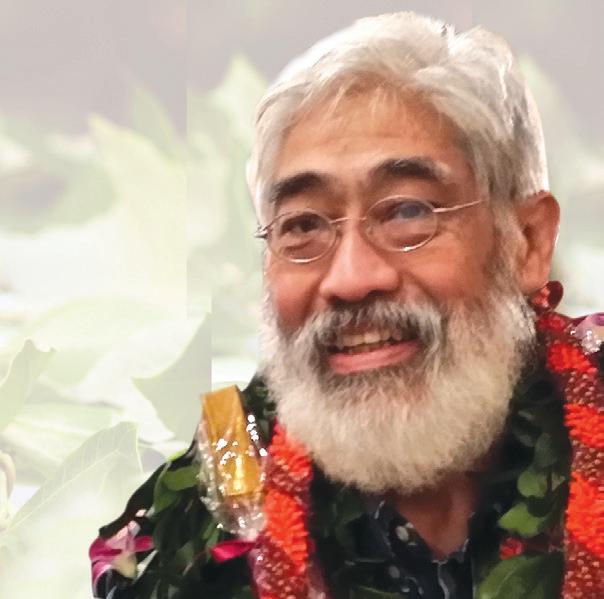
True to JABSOM’s current mission, Dr. Aluli was determined to serve all of
Dr. Chong was an ‘Imi Ho‘ōla alumnus before graduating from JABSOM in 1980. He completed his oncology training at the University of Texas MD Anderson Cancer Center and his Masters in Public Health at Harvard University. He returned home to advocate and champion addressing cancer health disparities among Native Hawaiians.
Dr. Chong served at JABSOM as an Assistant Clinical Professor in Medicine for many years.
He was the co-founder of Nā Pu‘uwai, the Native Hawaiian Health Care System that serves the islands of Moloka‘i and Lāna‘i. To this day, both facilities serve a large population of Native Hawaiians.
Dr. Aluli was passionate about advocacy and was always politically active. He believed that Native Hawaiians, in order to have a voice, needed a seat “at the table.” He served on numerous task forces, most recently serving as a member of the 2nd Congressional District’s Native Hawaiian Health Task Force. He helped draft the Native Hawaiian Health Care Improvement Act that was signed into law in 1988 to promote health and disease prevention services to improve the health status of Native Hawaiians.
Dr. Joseph Keawe‘aimoku Kaholokula, PhD, and chair of the Department of Native Hawaiian Health said Dr. Aluli would be remembered for his significant contributions to Native Hawaiian health; the protection of our ‘āina and other cultural and natural resources; to political self-determination, and to the island of Moloka‘i. “This is the legacy of Dr. Aluli. He koa, he kauka, he kanaka — a warrior, a healer, and a servant to our community.”
He influenced many students and residents and participated in studies with the UH Cancer Center, including the pilot study on hula in breast cancer survivors. Many of you may have known Dr. Chong personally. Whether it was through his work on the Native Hawaiian Cancer Committee, through the American Cancer Society, on one of the ‘Imi Hale grants, as a member of `Ahahui o nā Kauka, or over his more than three decades at Queen’s, Dr. Chong has left a profound and positive impact on our community.
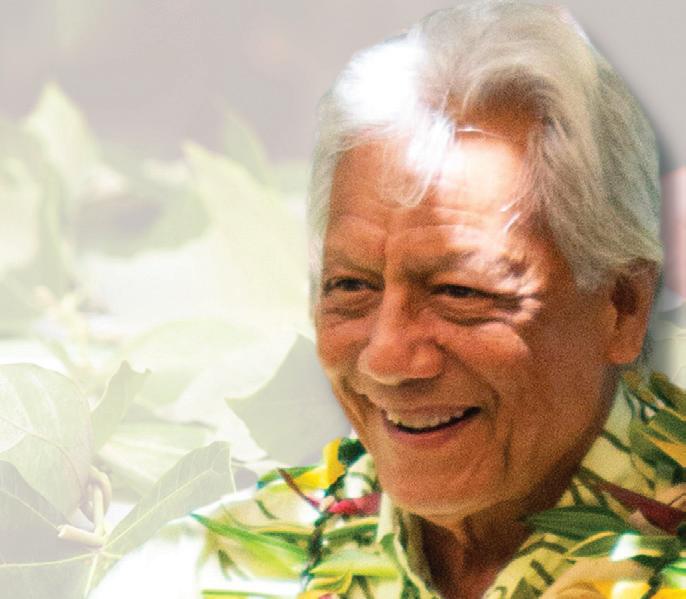
DR. GREGORY MASKARINEC, PHD was the director of Office of Global Health and International Medicine and JABSOM professor for the Department of Family Medicine and Community Health and Department of Native Hawaiian Health. In addition, he was a cultural anthropologist and an advocate of indigenous medicine.
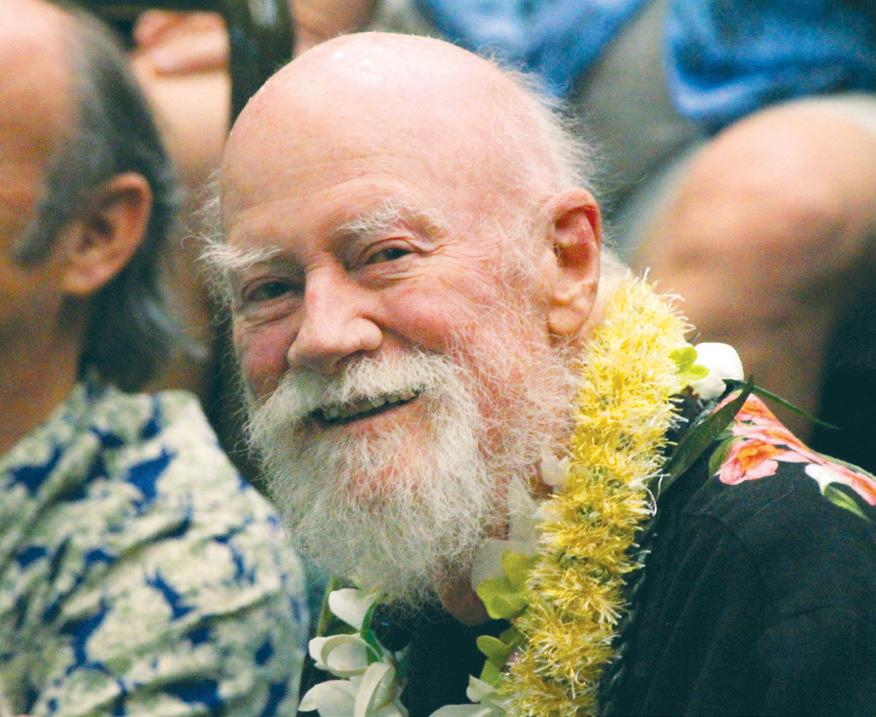
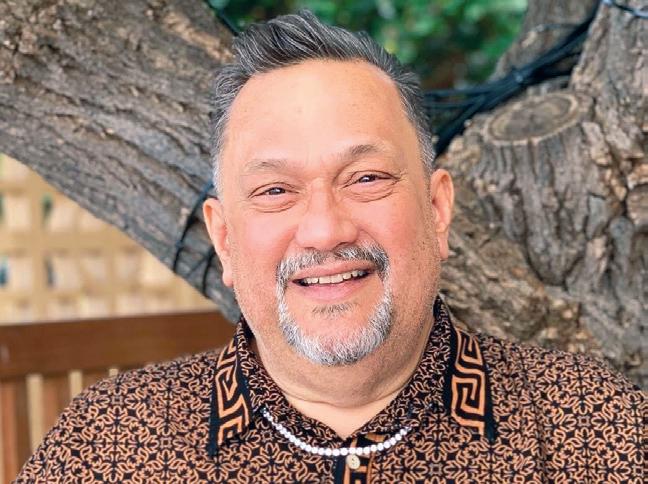
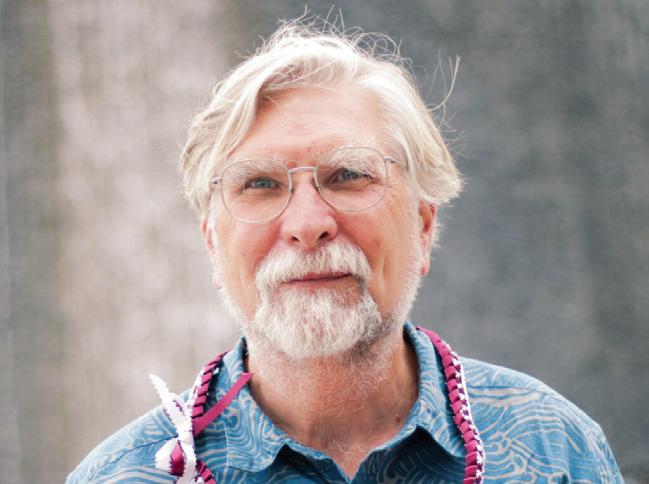
Dr. Martin Rayner is regarded as a champion of the medical school, having been recruited to join JABSOM in 1964 by then Associate Dean Dr. Terence Rogers, even before the medical school was officially founded by legislation in 1965. After retiring in 2014, he was honored for 50 years of dedication to the school. Rayner leaves behind a legacy as an inspiring scientist, an educator to both undergraduate and graduate students and a mentor to many. In addition to being an early proponent of problem-based learning, he also taught it to medical students. Rayner spearheaded the Cellular and Molecular Neurosciences Specialization at JABSOM in the 1990s, followed by the Interdisciplinary Neurosciences Specialization in 2010. As director of the Pacific Biosciences Research Center, Rayner did research, published papers and was involved in grant preparation and submission for many years.
DR. GLENN AKIO UTO (JABSOM MD 1977) was an U.S. Army medic before attending medical school and opened his internal medicine practice at Kuakini Medical Center in 1980, where he worked for 36 years before retiring in 2016.
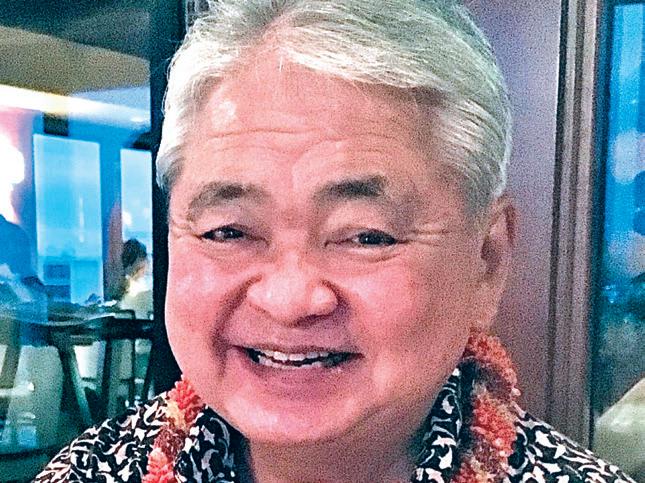
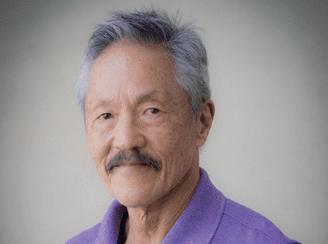
DR. WILLIAM L. THOMAS, JR. (JABSOM MD 1999) worked as a restaurant manager before changing careers to practice medicine. He served as the medical director of internal affairs at Molokai General Hospital.
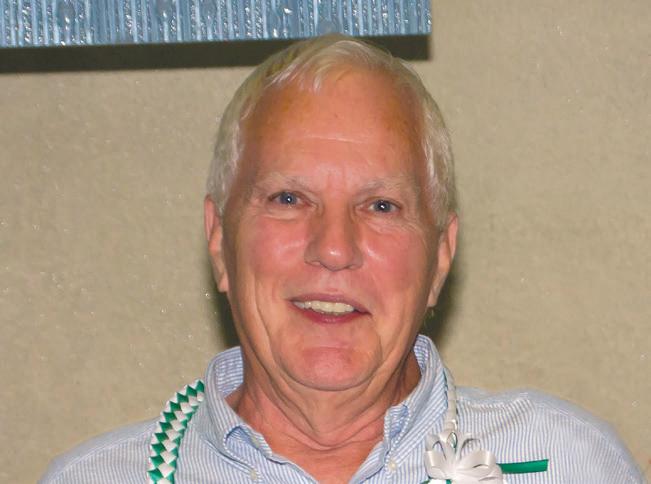
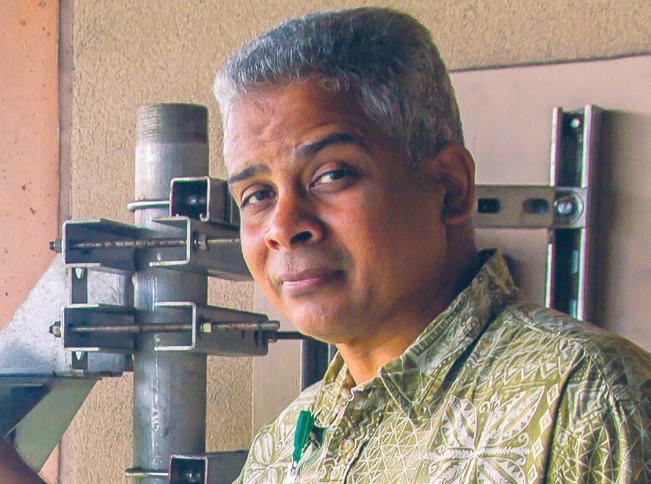
DR. ROBERT TEICHMAN, MD, PHD (JABSOM MD 1978) worked at the Wilcox Hospital Emergency Department in 1980 and at Urgent Care Clinic for Kauai Medical Clinic of Wilcox Health/Hawaii Pacific Health from 1992 until retiring in 2007. Prior to receiving his MD, he served as a JABSOM senior lecturer and course coordinator for gross anatomy.
ARNOLD KAMEDA was the web and digital media tech director for the Office of Information Technology. He was at JABSOM for 19 years and often volunteered his photography, videography and postproduction services at school events and the Mini-Med School.
University of Hawaii Foundation
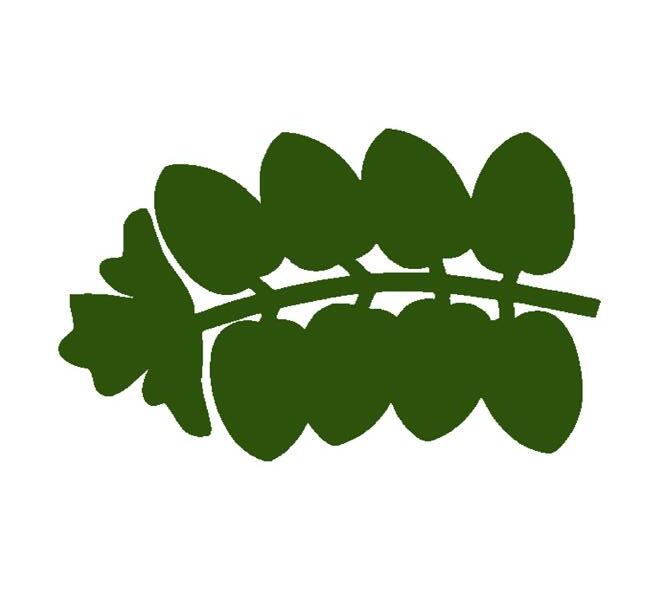

John A. Burns School of Medicine


651 Ilalo St
Medical Education Building, 223J
Honolulu, HI 96813
ALUMNI SEND US AN UPDATE! WE’D LOVE TO HEAR FROM YOU. Share your latest news and accomplishments and/or update your contact information. Contact Christie Leidholm at jabsomaa@hawaii.edu to stay connected.
